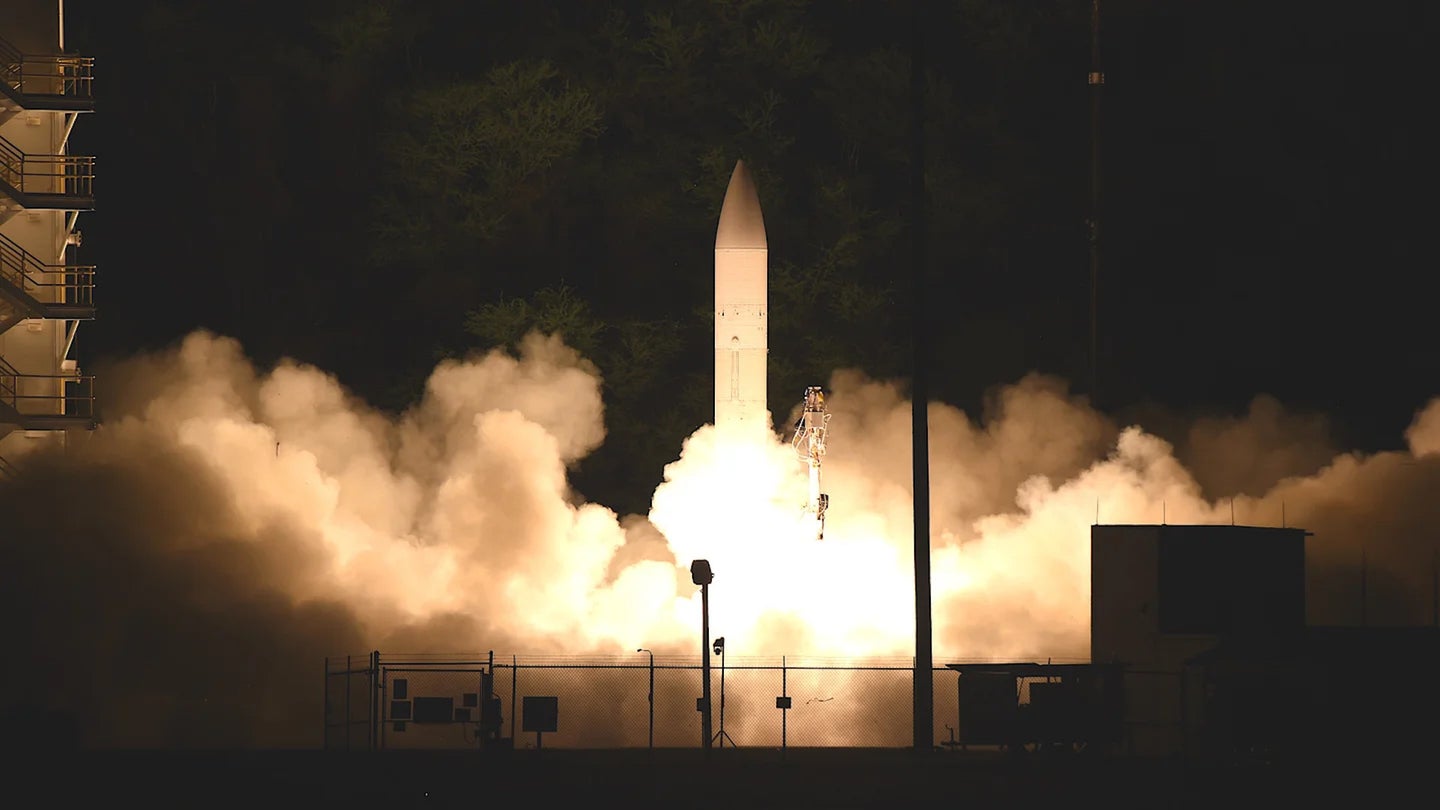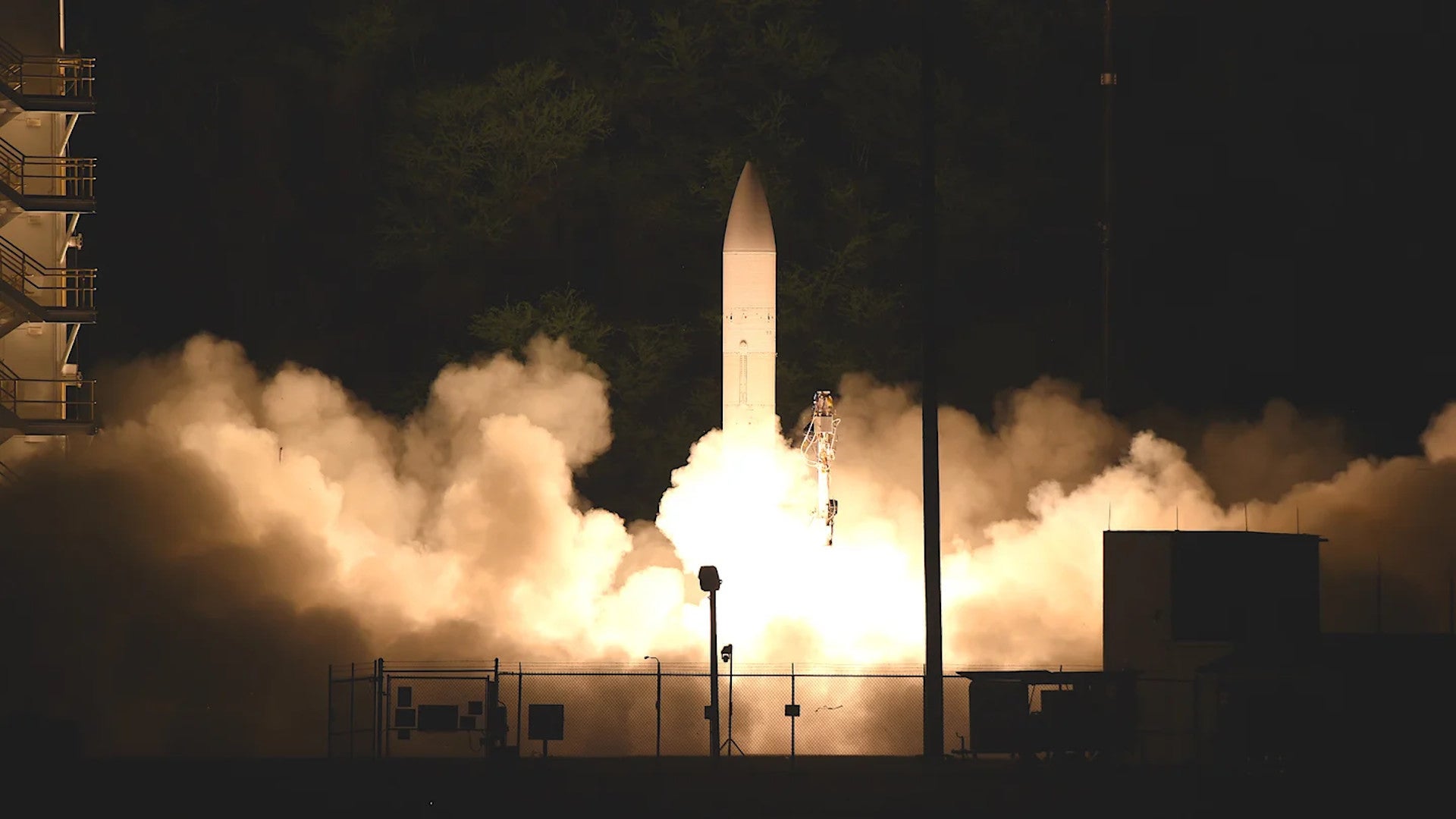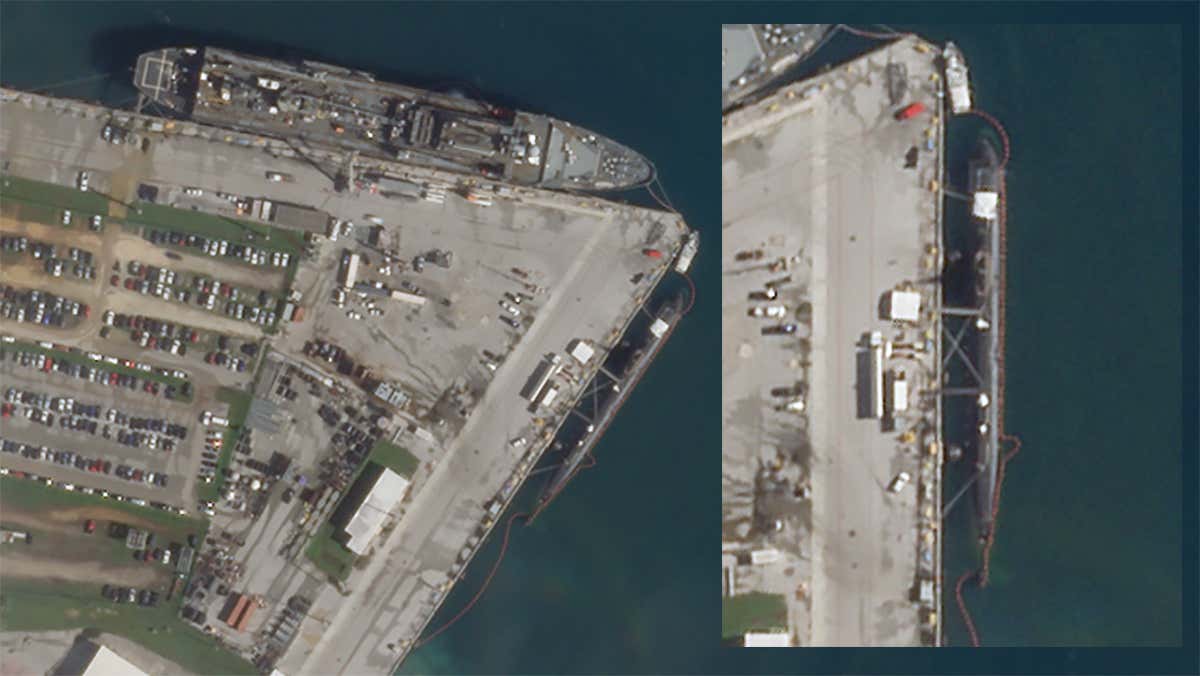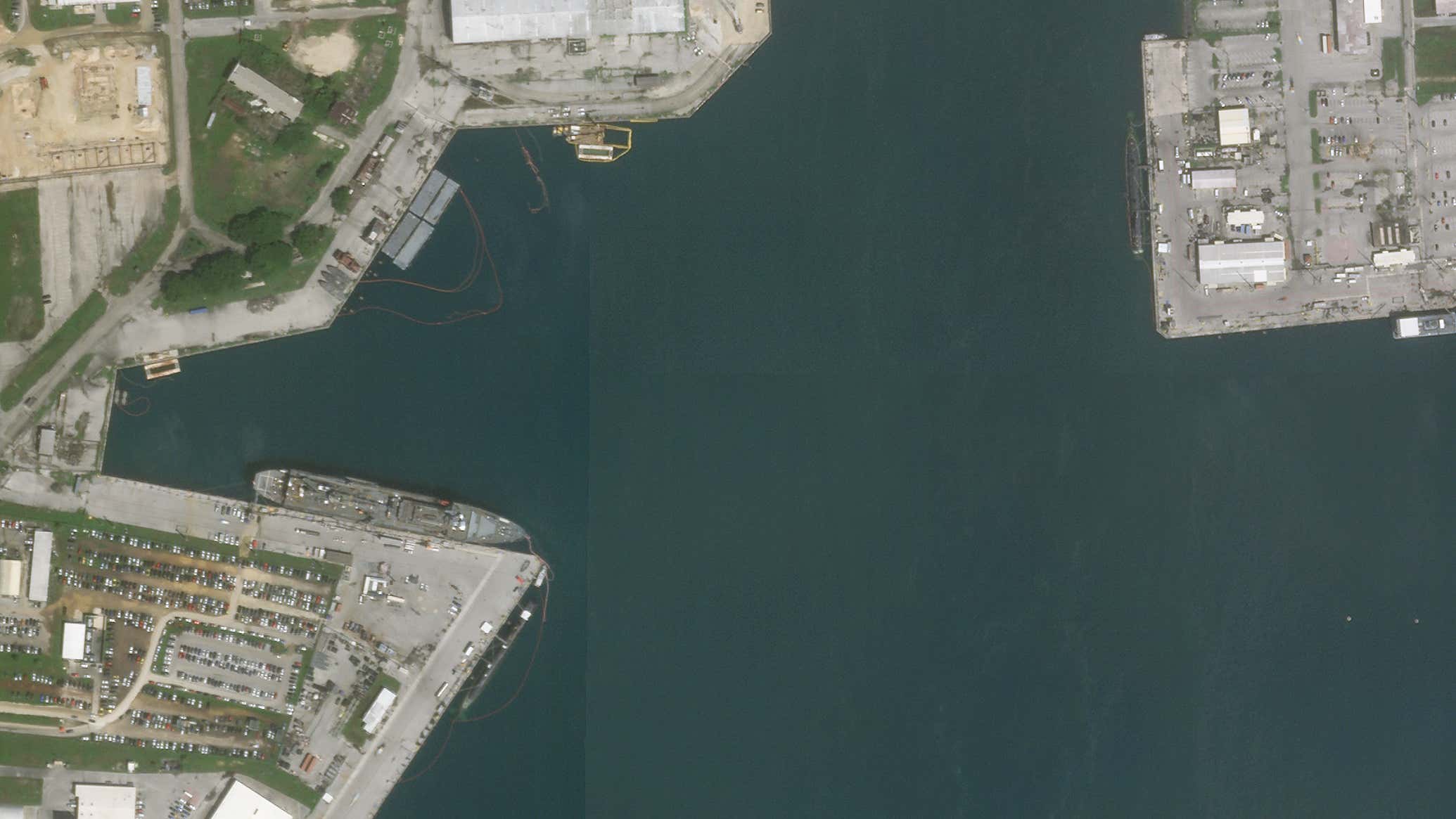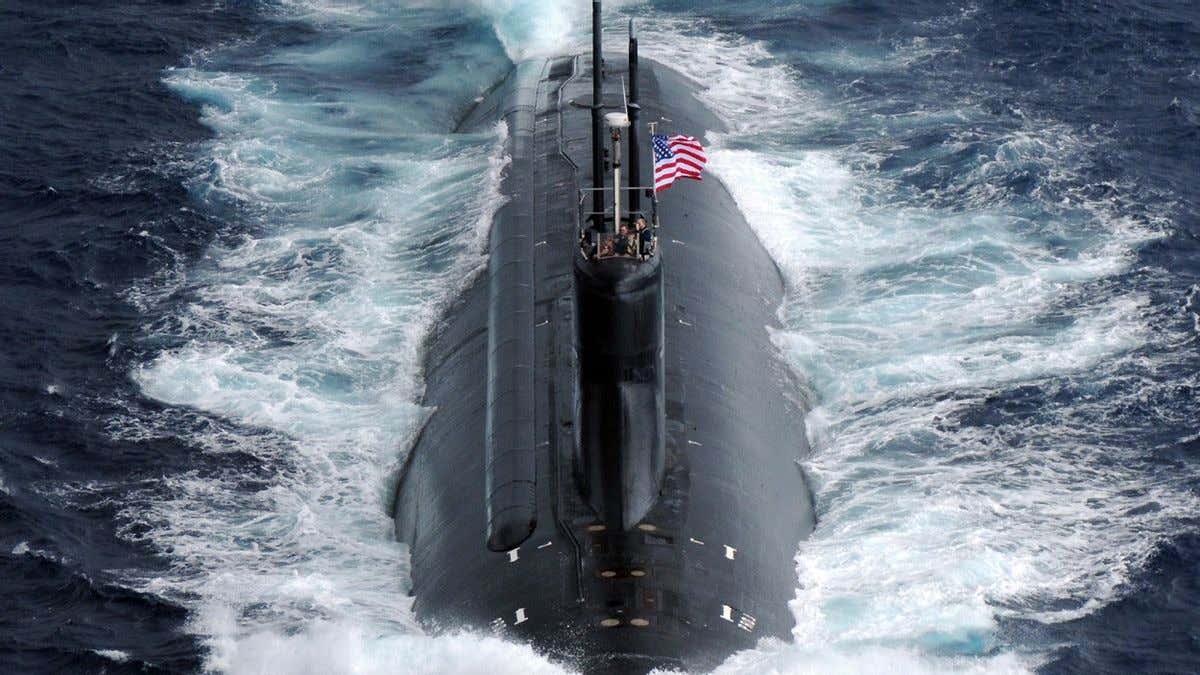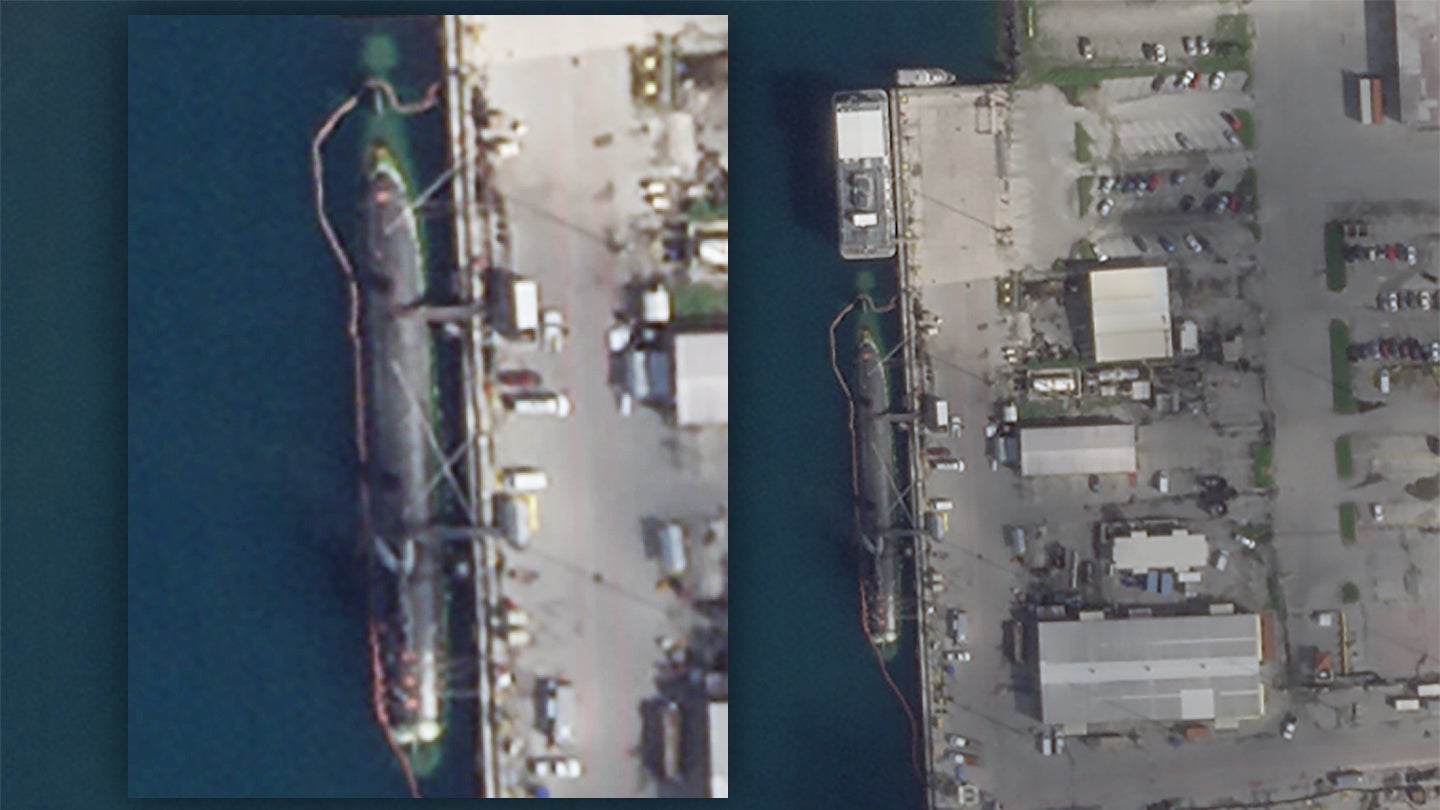(492) 09-25-2021-to-10-01-2021__****THE****WINDS****of****WAR****
(493) 10-02-2021-to-10-08-2021__****THE****WINDS****of****WAR****
(494) 10-09-2021-to-10-15-2021__****THE****WINDS****of****WAR****
----------------------------------------------------
Posted for fair use.....
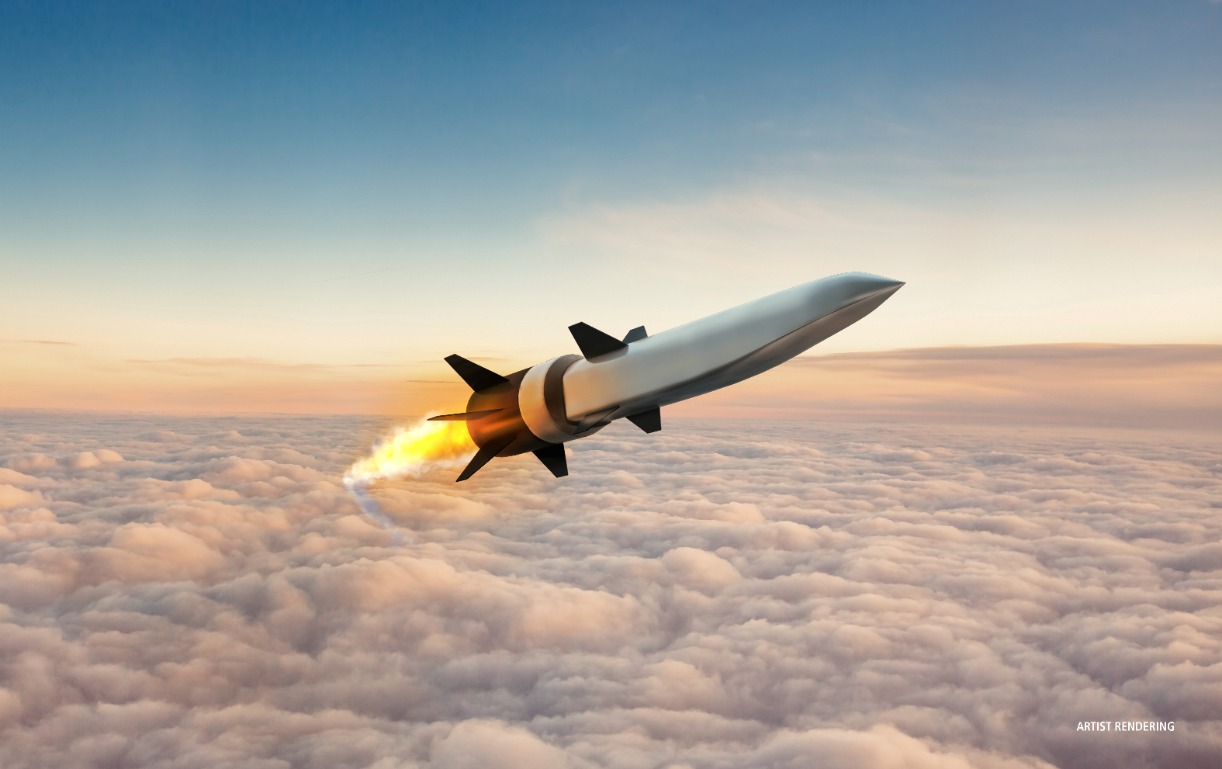
 nationalinterest.org
nationalinterest.org
October 16, 2021 Topic: Hypersonic Weapons Blog Brand: The Buzz Tags: Hypersonic WeaponsAUSA 2021AUSARoboticsLong Range Hypersonic Weapon
Hypersonics Among New Tech on Display at Army's 2021 Annual Meeting and Exposition
AUSA 21 also included updates on augmented reality technology and unmanned systems.
by Mark Episkopos
The U.S. Army’s 2021 Annual Meeting and Exposition (AUSA 2021) delivered several revelations on the Army’s procurement and modernization plans. Here are some highlights from the event, which concluded on October 13 in Washington, D.C.
Hypersonics
Discussions about hypersonic capabilities occupied a large portion of the three-day event. Army officials said the military is prioritizing the fast, cost-efficient production of several hypersonic weapons systems.
Lt. Gen. L. Neil Thurgood, Director of Hypersonics, Directed Energy, Space, and Rapid Acquisition, said the Army and Navy are moving at an unprecedented speed to acquire battle-ready hypersonic weapons technology. The Army’s Long-Range Hypersonic Weapon (LRHW) and Navy’s Conventional Prompt Strike (CPS) hypersonic systems share the same booster stack and glide body, allowing for technical cooperation between the two services.
Heidi Shyu, the new undersecretary of defense for research and engineering, said the military is taking steps to lay the long-term groundwork for financially sustainable hypersonic programs. That includes investing in “affordable hypersonics materials and processes to drive down costs.” The LRHW is scheduled for prototype deployment in 2023, with the CPS to follow in 2025. U.S. defense partners are also interested in cooperating on hypersonic technology. Shyu told reporters that Japan’s Defense Ministry has expressed interest in hypersonics as well as other technologies.
“They’re interested in hypersonics, they’re interested in quantum; and out of the wide spectrum of their interests we agreed to have a follow-up meeting to try to flesh out, out of their multitude of interest areas, how shall we move forward in co-development,” Shyu said. She also said Japan is already cooperating with Washington on one defense program, though no details were offered.
Augmented Reality
Jane’s reported that the Army has paused plans to outfit soldiers with a militarised version of Microsoft’s HoloLens 2 augmented reality (AR) system, putting the fate of the $21.9 billion contract in question.
Brig. Gen. William Glaser, director of the Synthetic Training Environment Cross-Functional Team, said the Army is “essentially doing a reset of that programme, figuring out what is the appropriate timeline and where is the technology.”
A subsequent Jane’s report indicated that the Army is working with Microsoft to “mature” certain aspects of the technology, pushing field tests of the system as far back as May 2022 and first operational deployments to September of that year.
Robotics
The military’s growing emphasis on systems and doctrines involving the use of unmanned systems was also apparent. Ghost Robotics unveiled the latest version of its “robot dog,” a quadrupedal unmanned ground vehicle armed with a Creedmoor assault rifle. Powered by artificial intelligence (AI), the robot dog is able to autonomously detect, lock onto, and engage threats at an effective range of 1,200 meters.
Kaman Air Vehicles showcased its new Kargo drone-- an autonomous heavy-lift quadcopter capable of carrying a 363 kg payload. The Army’s expanded investments into unmanned technologies accompany a broader push for artificial intelligence modernization, with top cybersecurity officials at the Pentagon warning that the U.S. is dangerously lagging its Chinese competitor in the global AI and machine learning race.
Mark Episkopos is a national security reporter for the National Interest.
----------------------------------------------------
Posted by vector7....https://www.timebomb2000.com/xf/index.php?threads/china-threatens-to-invade-taiwan.575196/post-8768199
View: https://twitter.com/JackPosobiec/status/1449475759320539138?ref_src=twsrc%5Etfw%7Ctwcamp%5Etweetembed%7Ctwterm%5E1449475759320539138%7Ctwgr%5E%7Ctwcon%5Es1_&ref_url=https%3A%2F%2Fwww.timebomb2000.com%2Fxf%2Findex.php%3Fthreads%2Fchina-threatens-to-invade-taiwan.575196%2Fpage-35
(493) 10-02-2021-to-10-08-2021__****THE****WINDS****of****WAR****
(494) 10-09-2021-to-10-15-2021__****THE****WINDS****of****WAR****
----------------------------------------------------
Posted for fair use.....

Hypersonics Among New Tech on Display at Army's 2021 Annual Meeting and Exposition
AUSA 21 also included updates on augmented reality technology and unmanned systems.
October 16, 2021 Topic: Hypersonic Weapons Blog Brand: The Buzz Tags: Hypersonic WeaponsAUSA 2021AUSARoboticsLong Range Hypersonic Weapon
Hypersonics Among New Tech on Display at Army's 2021 Annual Meeting and Exposition
AUSA 21 also included updates on augmented reality technology and unmanned systems.
by Mark Episkopos
The U.S. Army’s 2021 Annual Meeting and Exposition (AUSA 2021) delivered several revelations on the Army’s procurement and modernization plans. Here are some highlights from the event, which concluded on October 13 in Washington, D.C.
Hypersonics
Discussions about hypersonic capabilities occupied a large portion of the three-day event. Army officials said the military is prioritizing the fast, cost-efficient production of several hypersonic weapons systems.
Lt. Gen. L. Neil Thurgood, Director of Hypersonics, Directed Energy, Space, and Rapid Acquisition, said the Army and Navy are moving at an unprecedented speed to acquire battle-ready hypersonic weapons technology. The Army’s Long-Range Hypersonic Weapon (LRHW) and Navy’s Conventional Prompt Strike (CPS) hypersonic systems share the same booster stack and glide body, allowing for technical cooperation between the two services.
Heidi Shyu, the new undersecretary of defense for research and engineering, said the military is taking steps to lay the long-term groundwork for financially sustainable hypersonic programs. That includes investing in “affordable hypersonics materials and processes to drive down costs.” The LRHW is scheduled for prototype deployment in 2023, with the CPS to follow in 2025. U.S. defense partners are also interested in cooperating on hypersonic technology. Shyu told reporters that Japan’s Defense Ministry has expressed interest in hypersonics as well as other technologies.
“They’re interested in hypersonics, they’re interested in quantum; and out of the wide spectrum of their interests we agreed to have a follow-up meeting to try to flesh out, out of their multitude of interest areas, how shall we move forward in co-development,” Shyu said. She also said Japan is already cooperating with Washington on one defense program, though no details were offered.
Augmented Reality
Jane’s reported that the Army has paused plans to outfit soldiers with a militarised version of Microsoft’s HoloLens 2 augmented reality (AR) system, putting the fate of the $21.9 billion contract in question.
Brig. Gen. William Glaser, director of the Synthetic Training Environment Cross-Functional Team, said the Army is “essentially doing a reset of that programme, figuring out what is the appropriate timeline and where is the technology.”
A subsequent Jane’s report indicated that the Army is working with Microsoft to “mature” certain aspects of the technology, pushing field tests of the system as far back as May 2022 and first operational deployments to September of that year.
Robotics
The military’s growing emphasis on systems and doctrines involving the use of unmanned systems was also apparent. Ghost Robotics unveiled the latest version of its “robot dog,” a quadrupedal unmanned ground vehicle armed with a Creedmoor assault rifle. Powered by artificial intelligence (AI), the robot dog is able to autonomously detect, lock onto, and engage threats at an effective range of 1,200 meters.
Kaman Air Vehicles showcased its new Kargo drone-- an autonomous heavy-lift quadcopter capable of carrying a 363 kg payload. The Army’s expanded investments into unmanned technologies accompany a broader push for artificial intelligence modernization, with top cybersecurity officials at the Pentagon warning that the U.S. is dangerously lagging its Chinese competitor in the global AI and machine learning race.
Mark Episkopos is a national security reporter for the National Interest.
----------------------------------------------------
Posted by vector7....https://www.timebomb2000.com/xf/index.php?threads/china-threatens-to-invade-taiwan.575196/post-8768199
View: https://twitter.com/JackPosobiec/status/1449475759320539138?ref_src=twsrc%5Etfw%7Ctwcamp%5Etweetembed%7Ctwterm%5E1449475759320539138%7Ctwgr%5E%7Ctwcon%5Es1_&ref_url=https%3A%2F%2Fwww.timebomb2000.com%2Fxf%2Findex.php%3Fthreads%2Fchina-threatens-to-invade-taiwan.575196%2Fpage-35

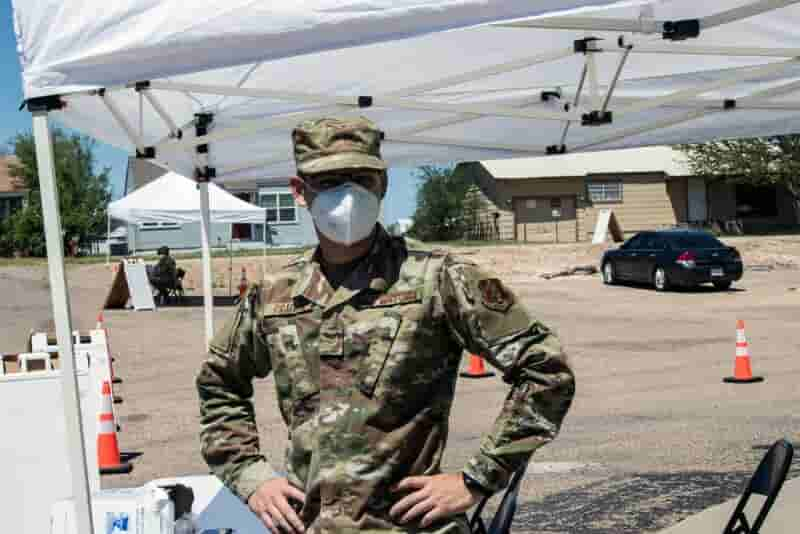
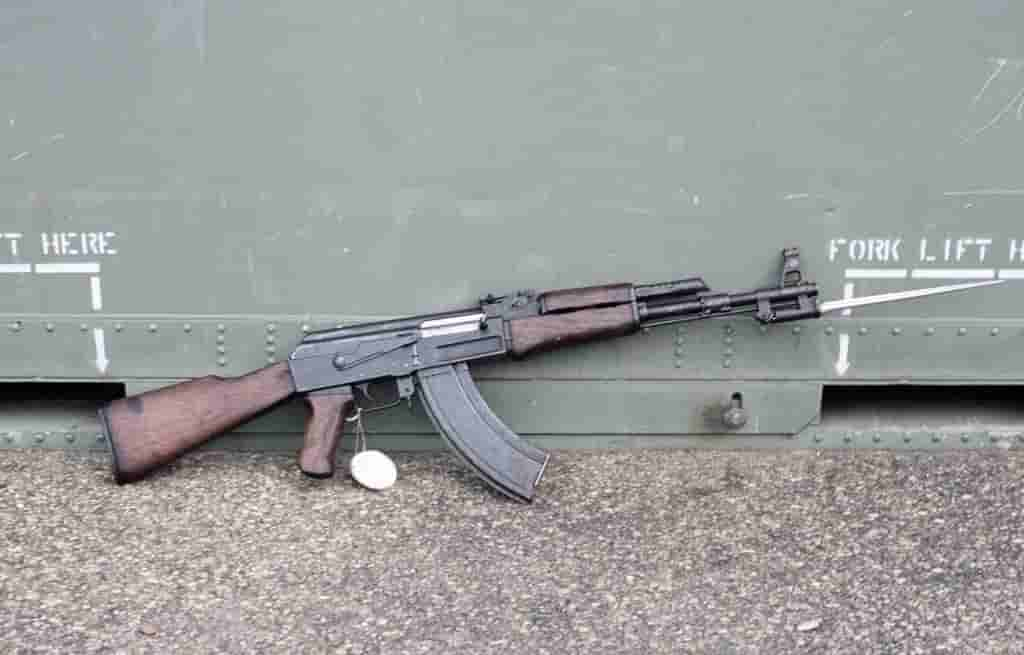



/cloudfront-us-east-2.images.arcpublishing.com/reuters/JFPXXL734BN3JBFMYB5OMWVQSY.jpg)
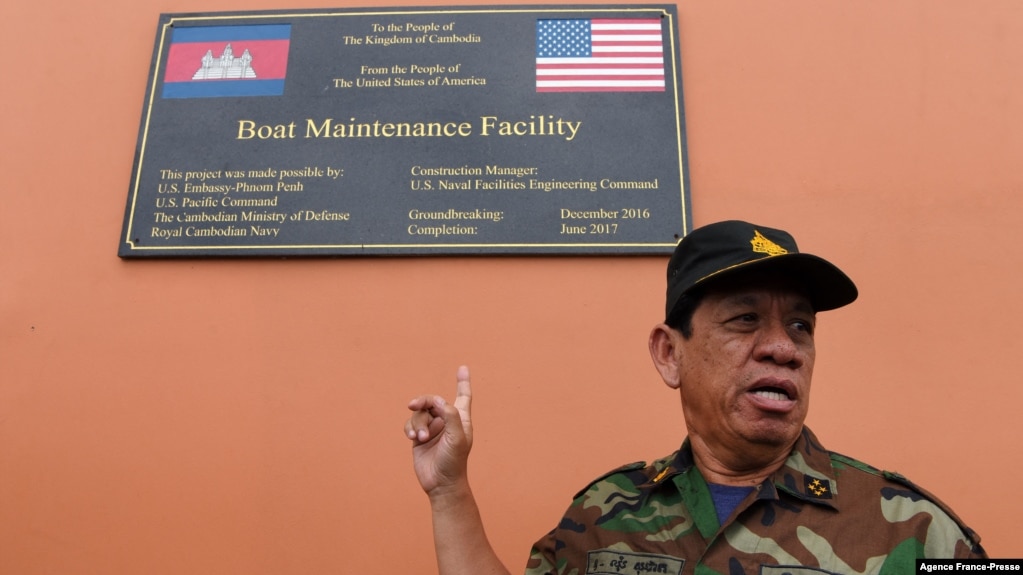
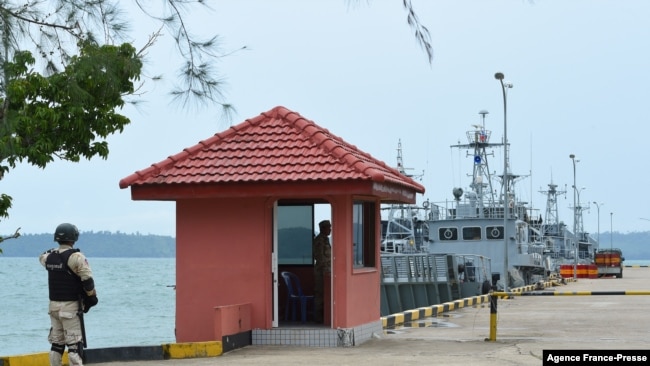
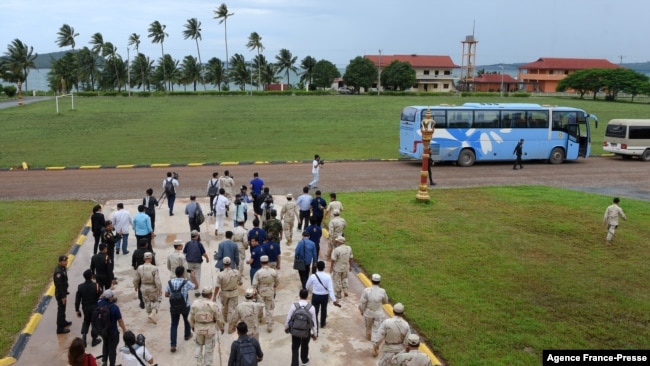




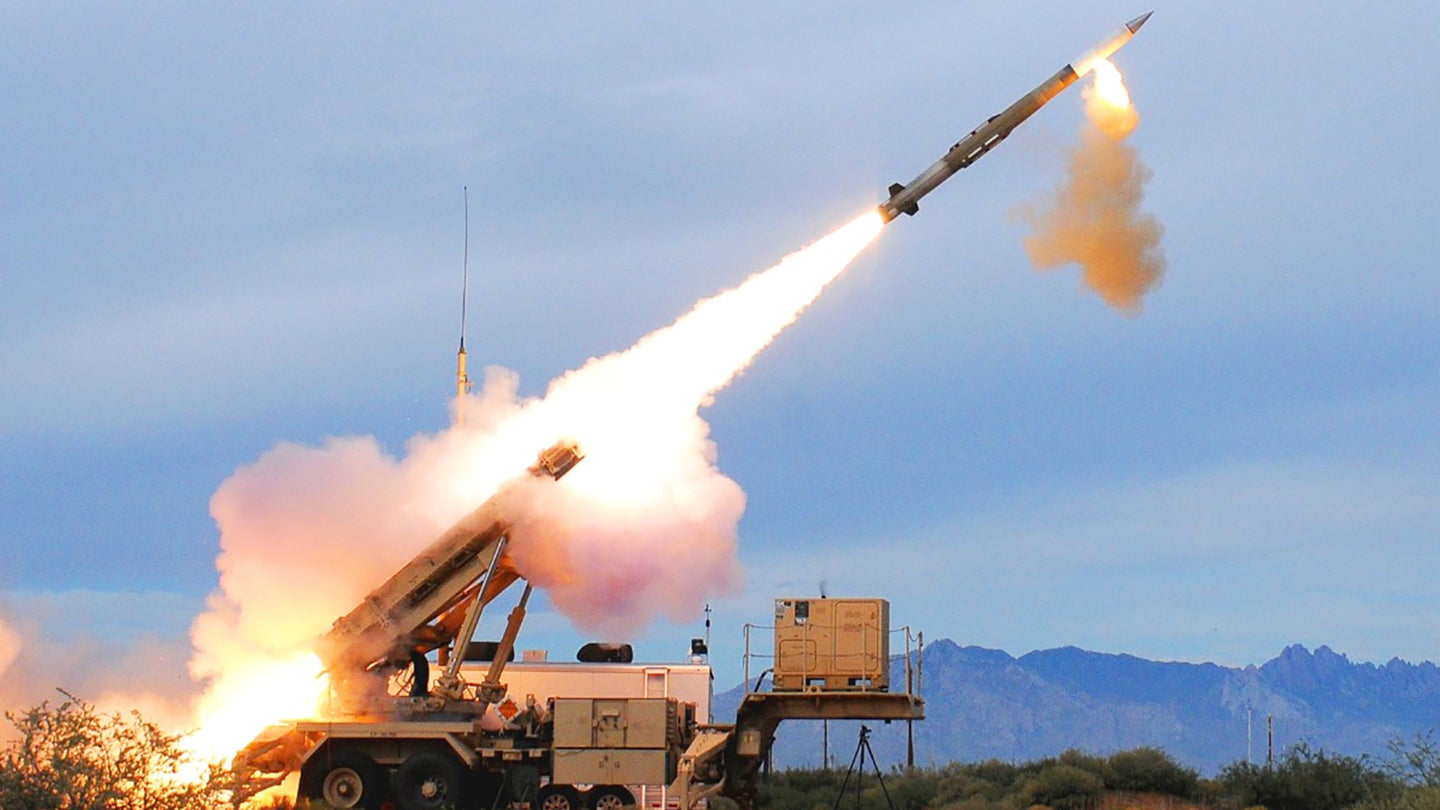
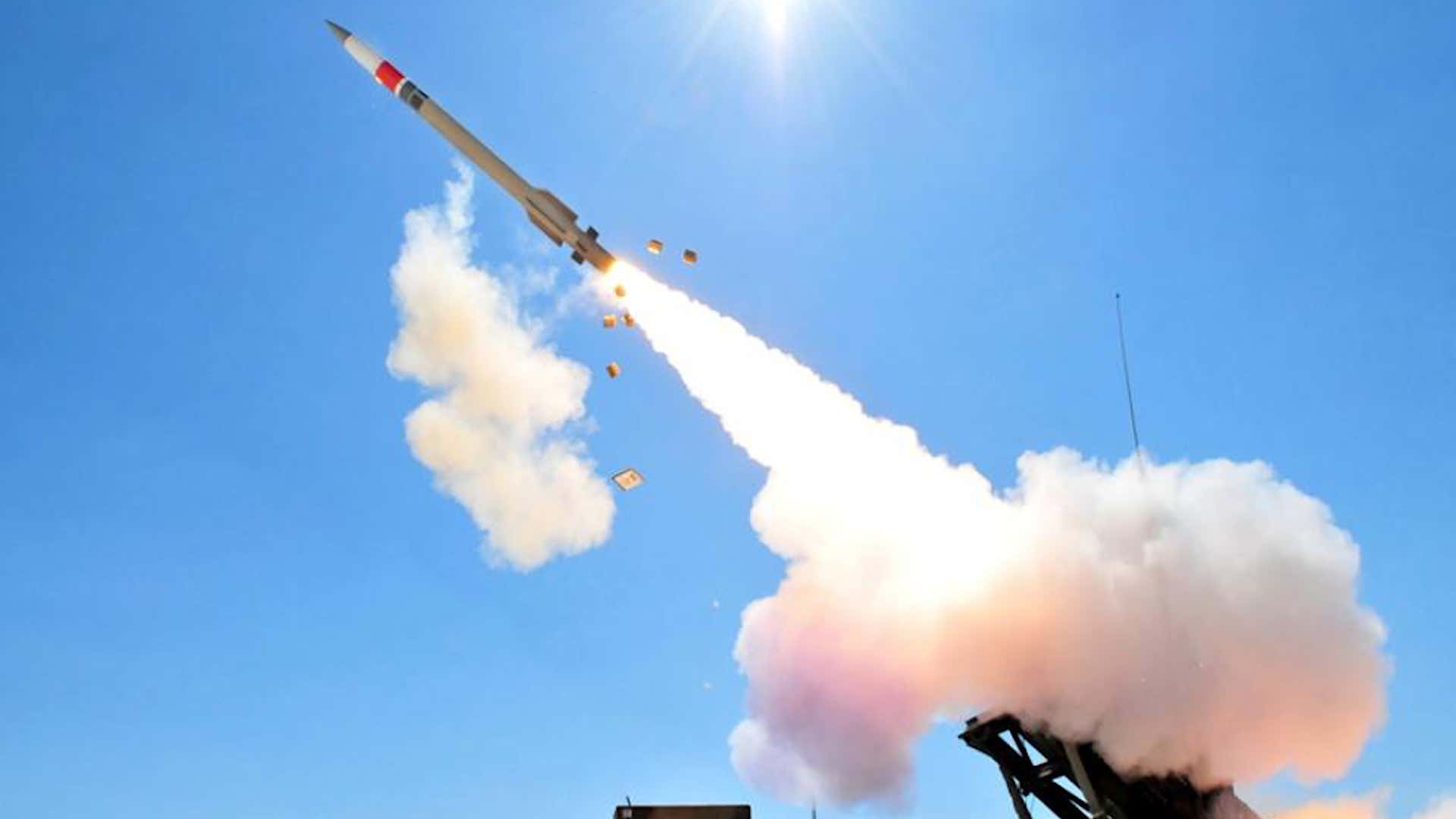
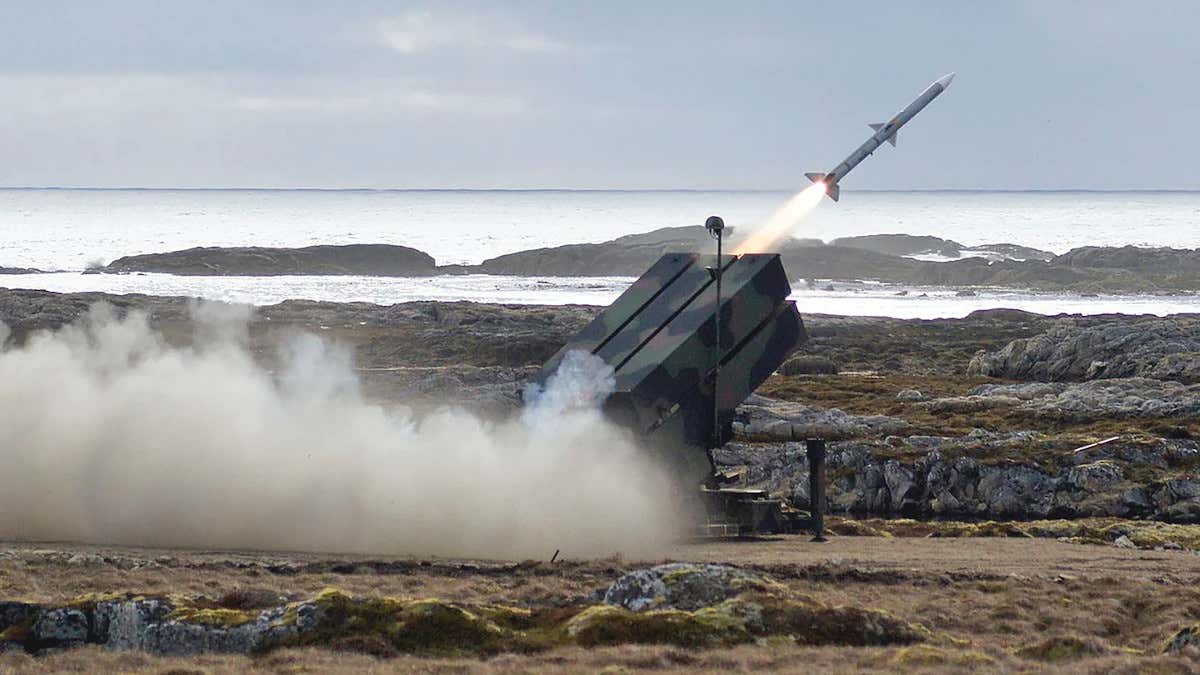
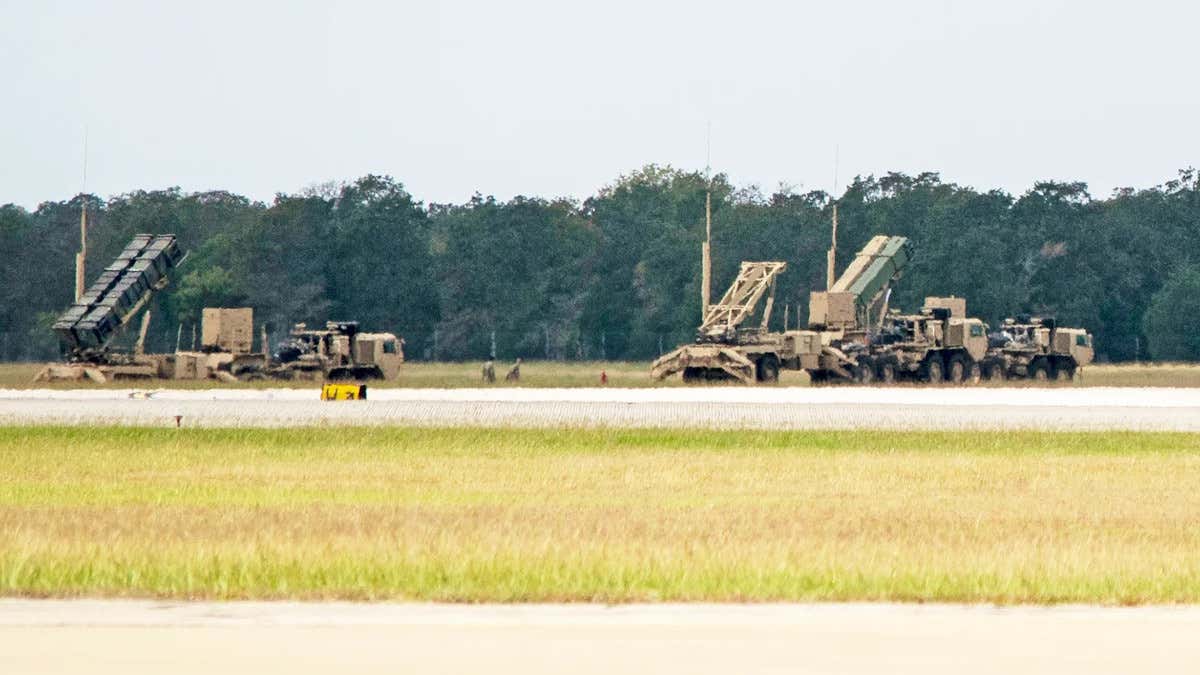
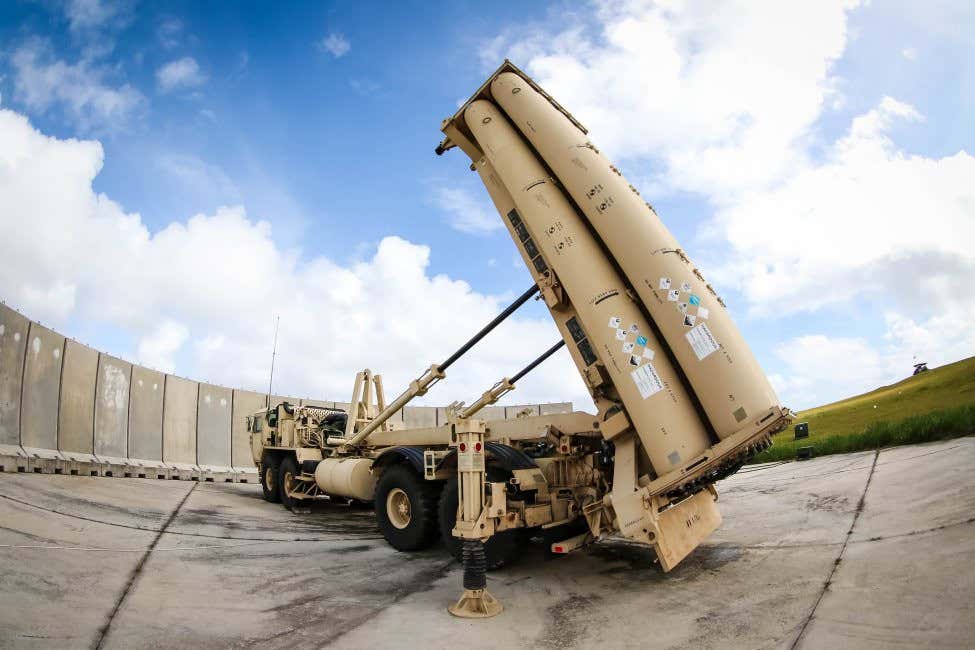
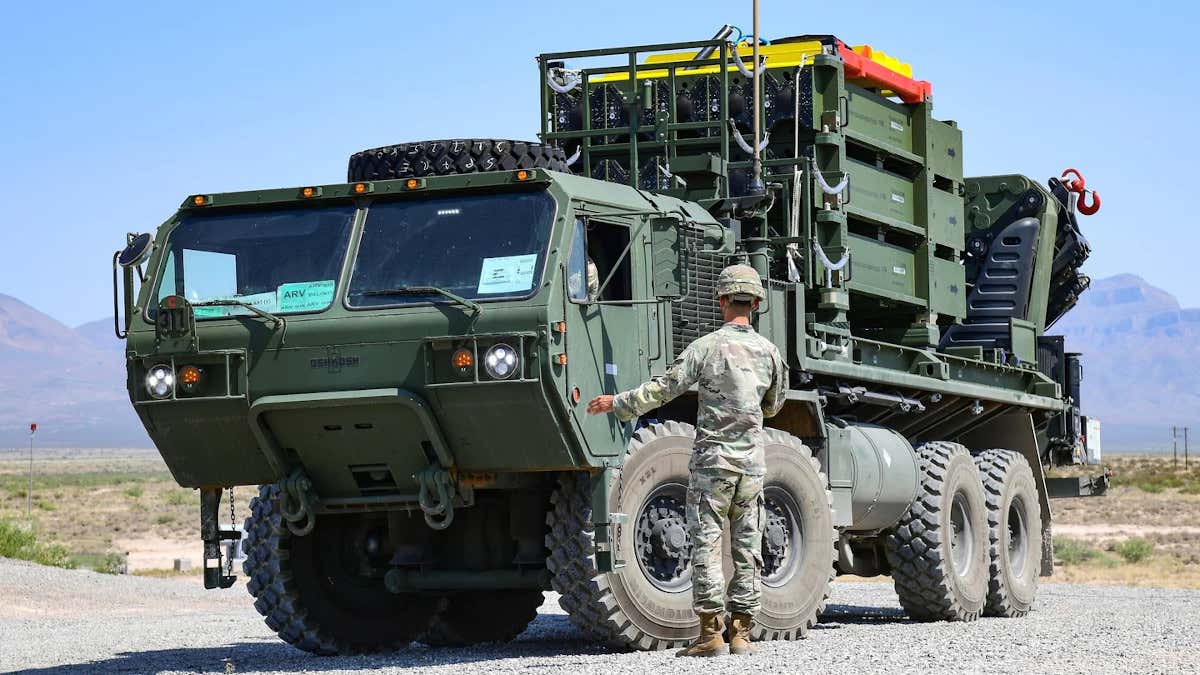

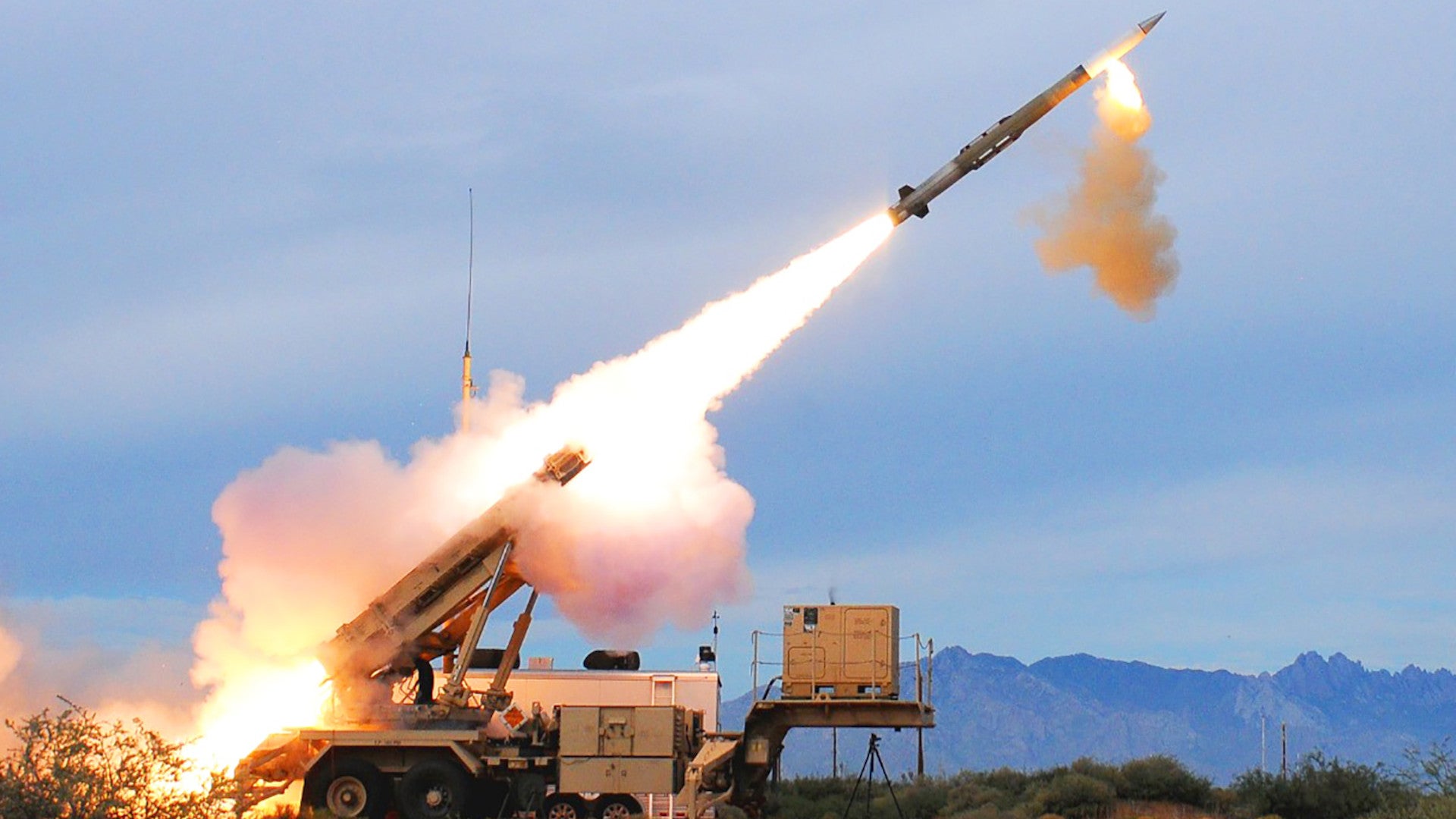
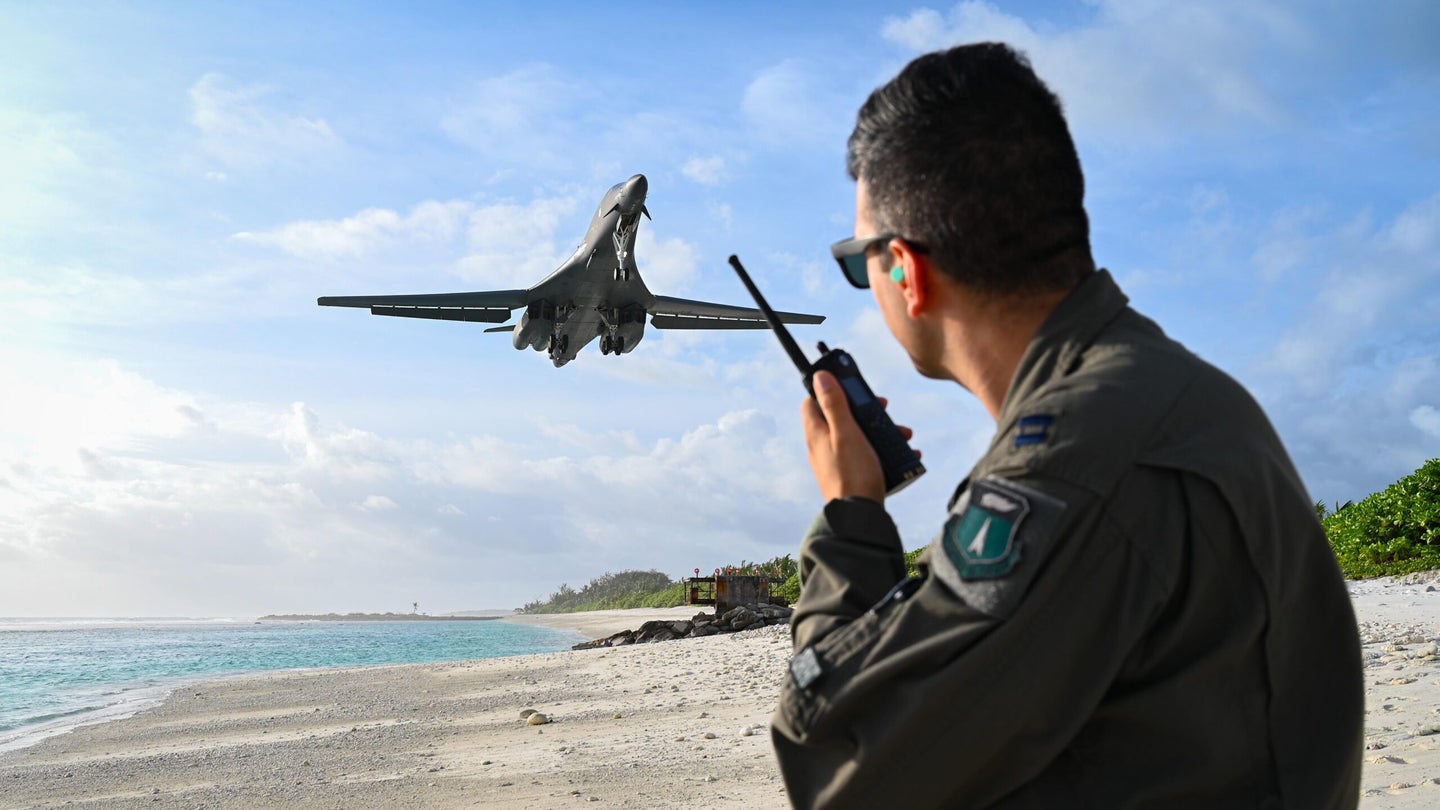
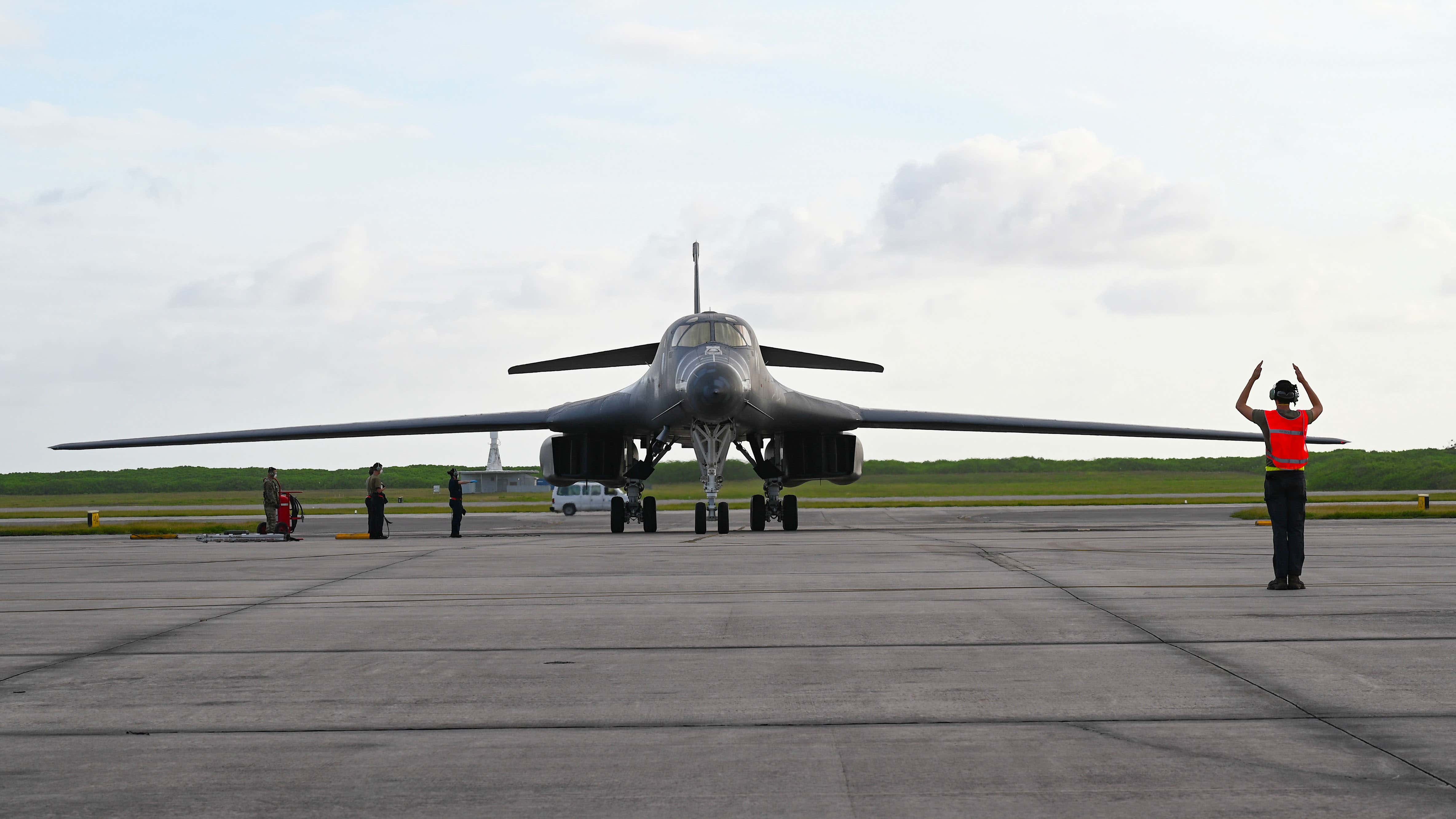
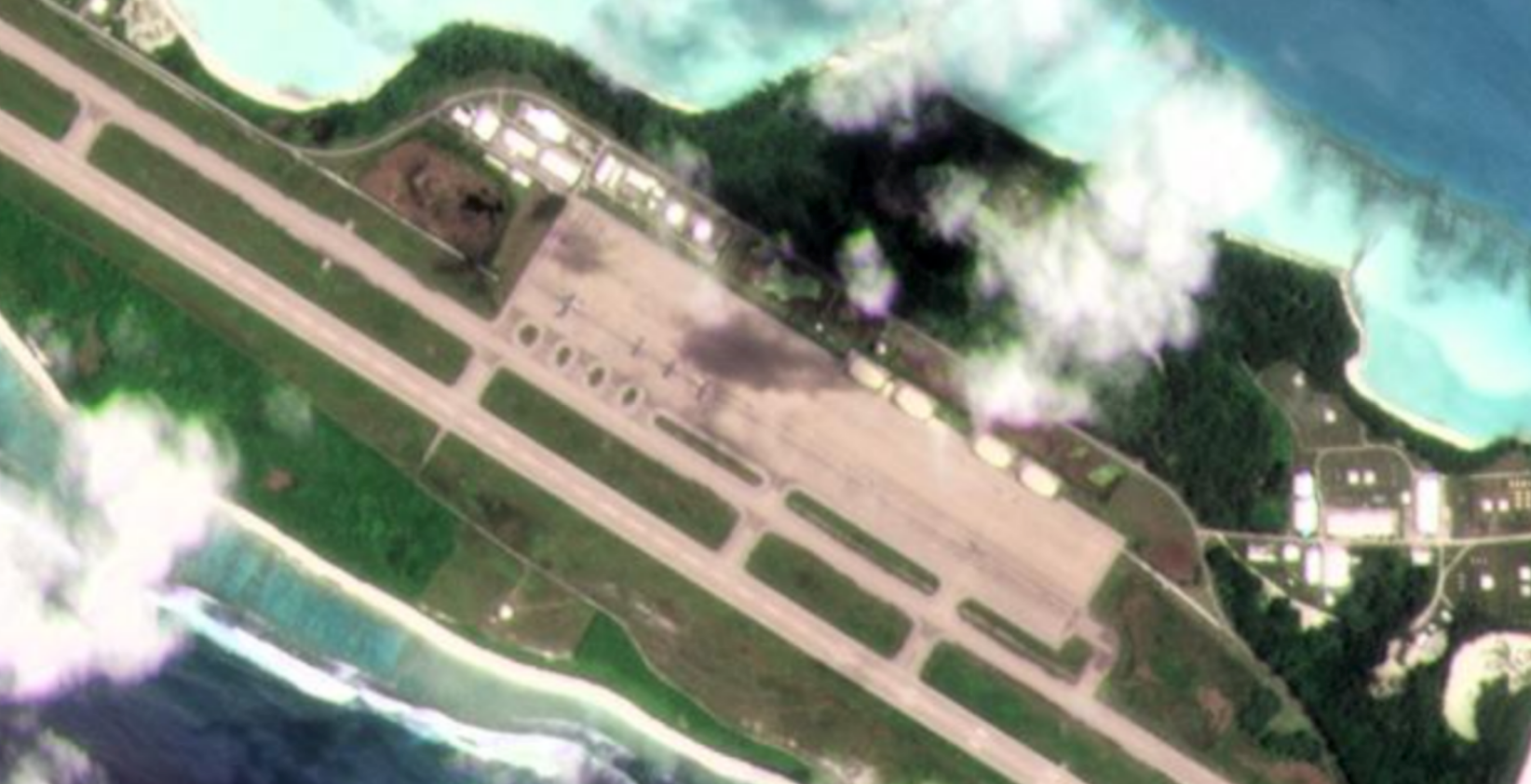
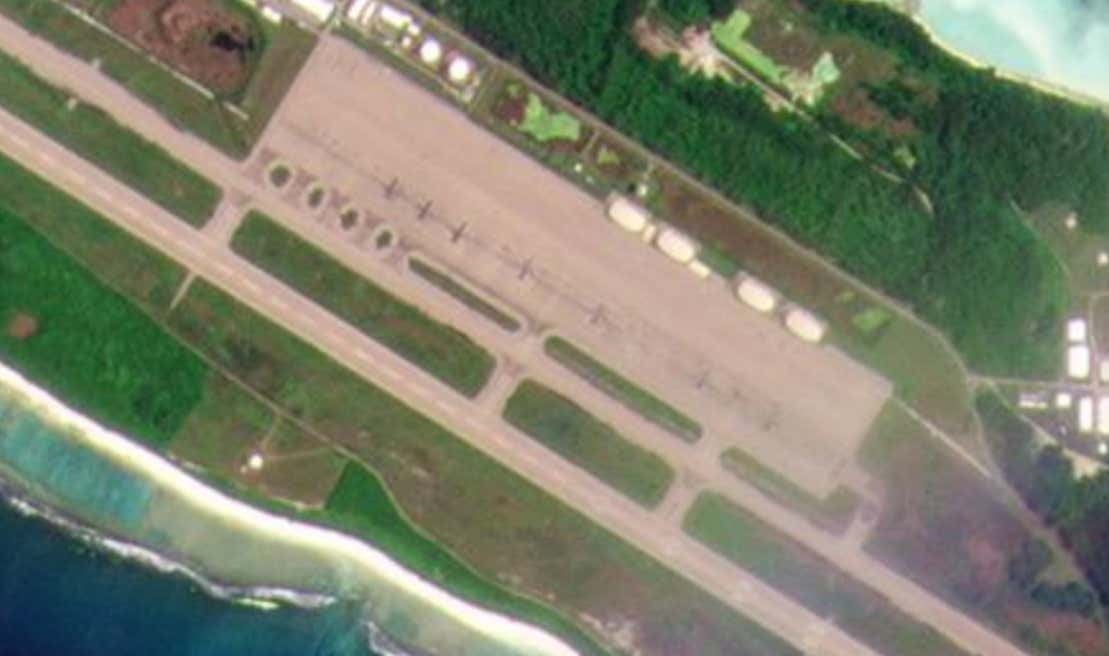
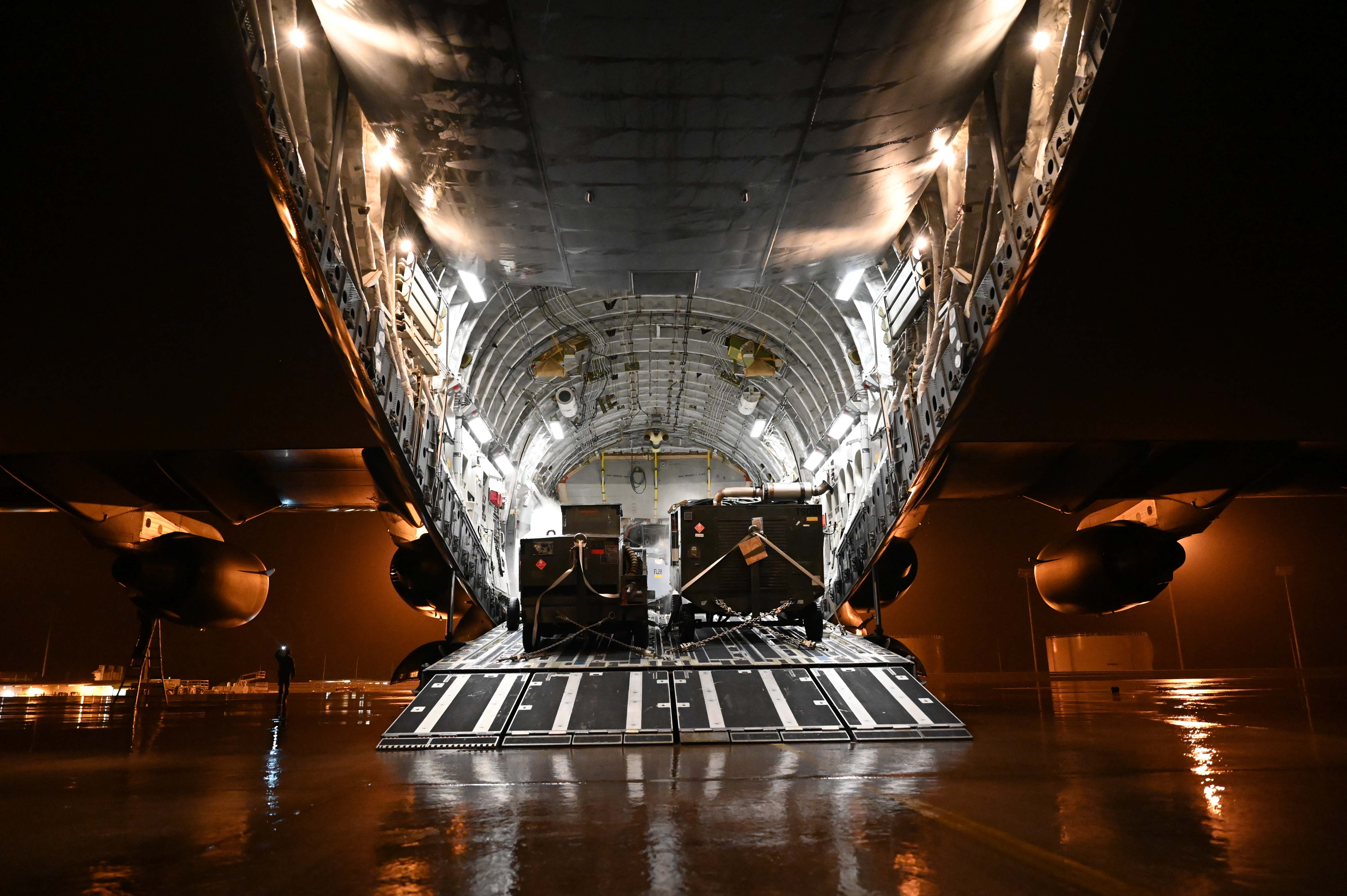
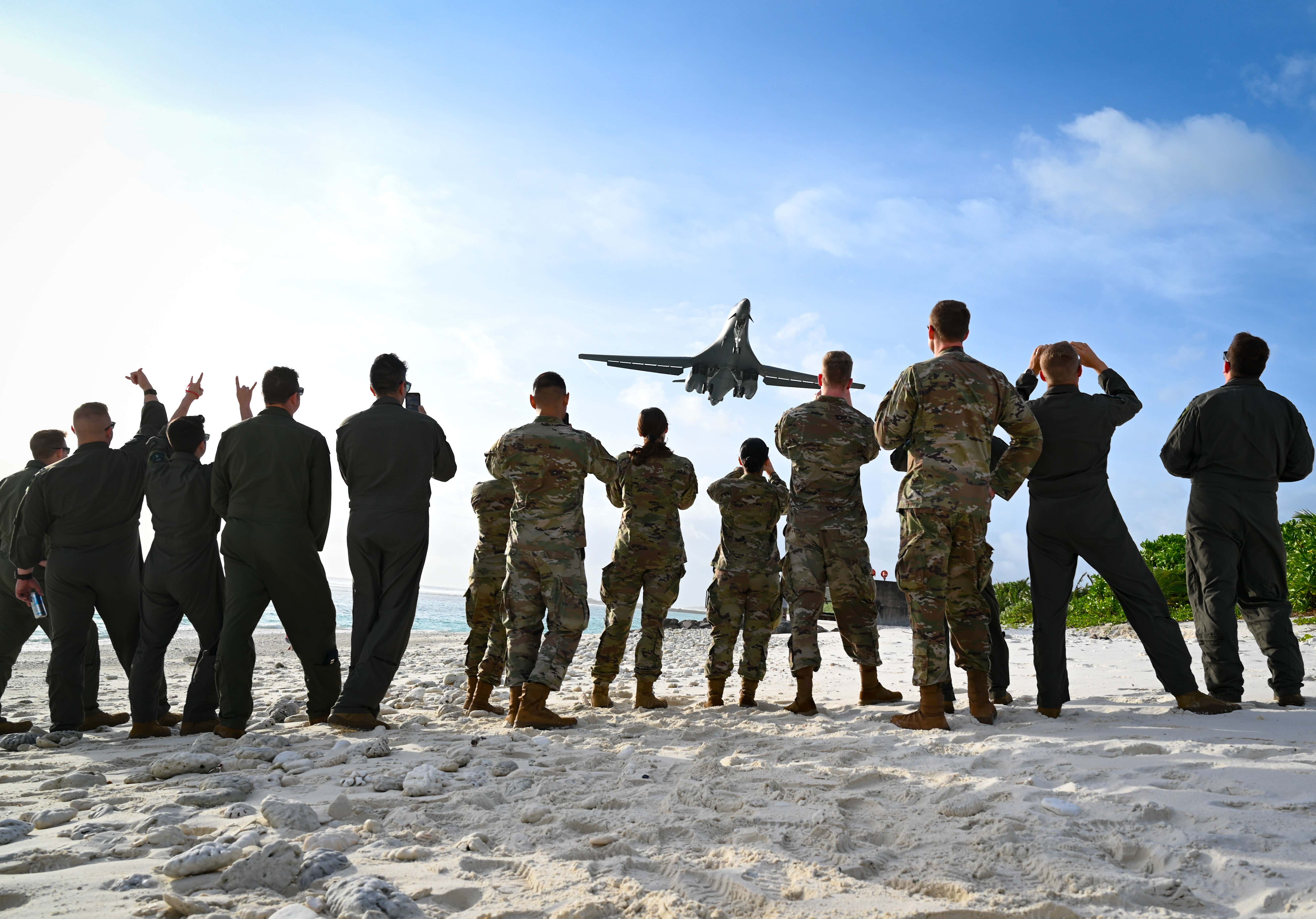
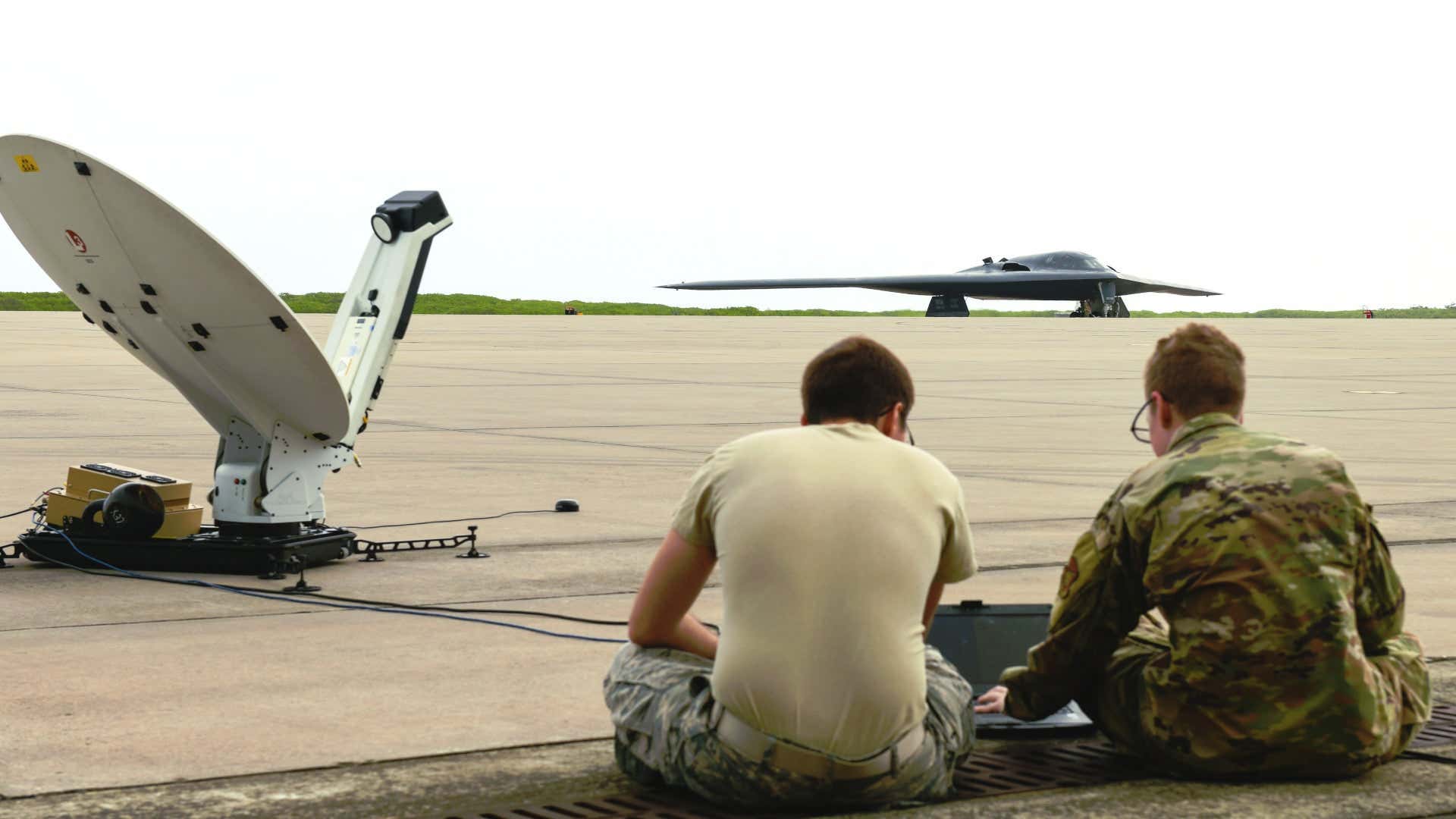
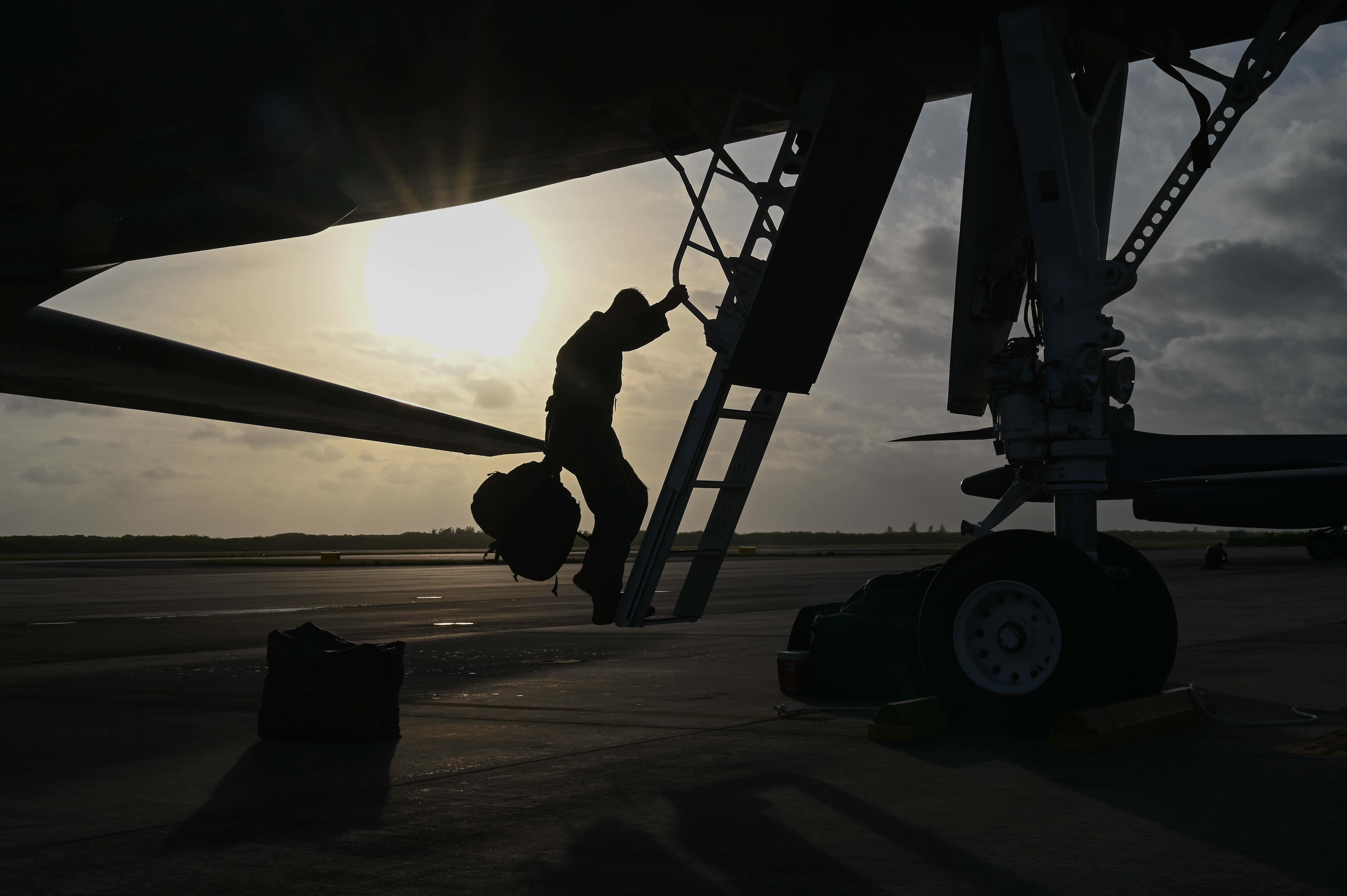
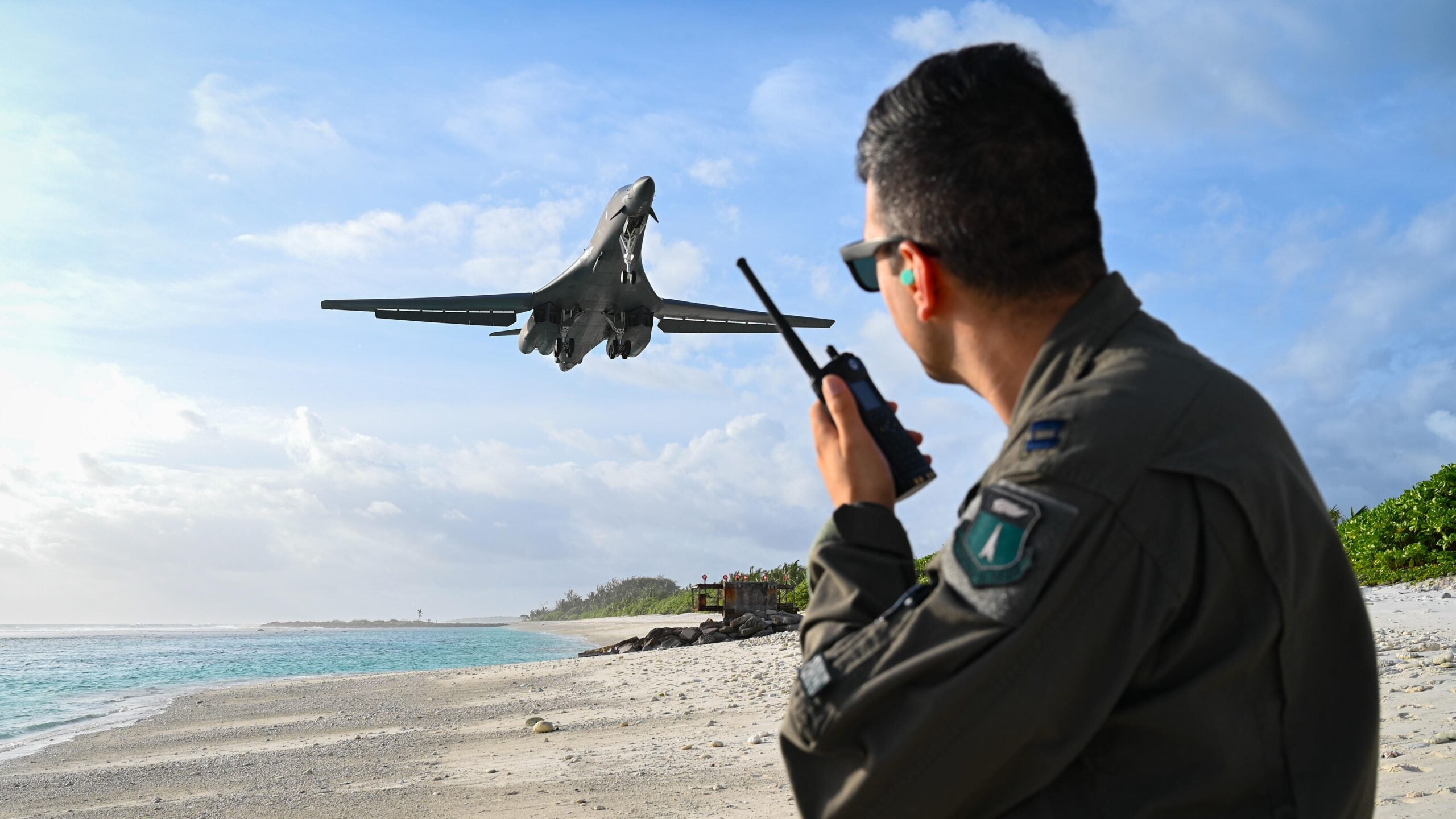


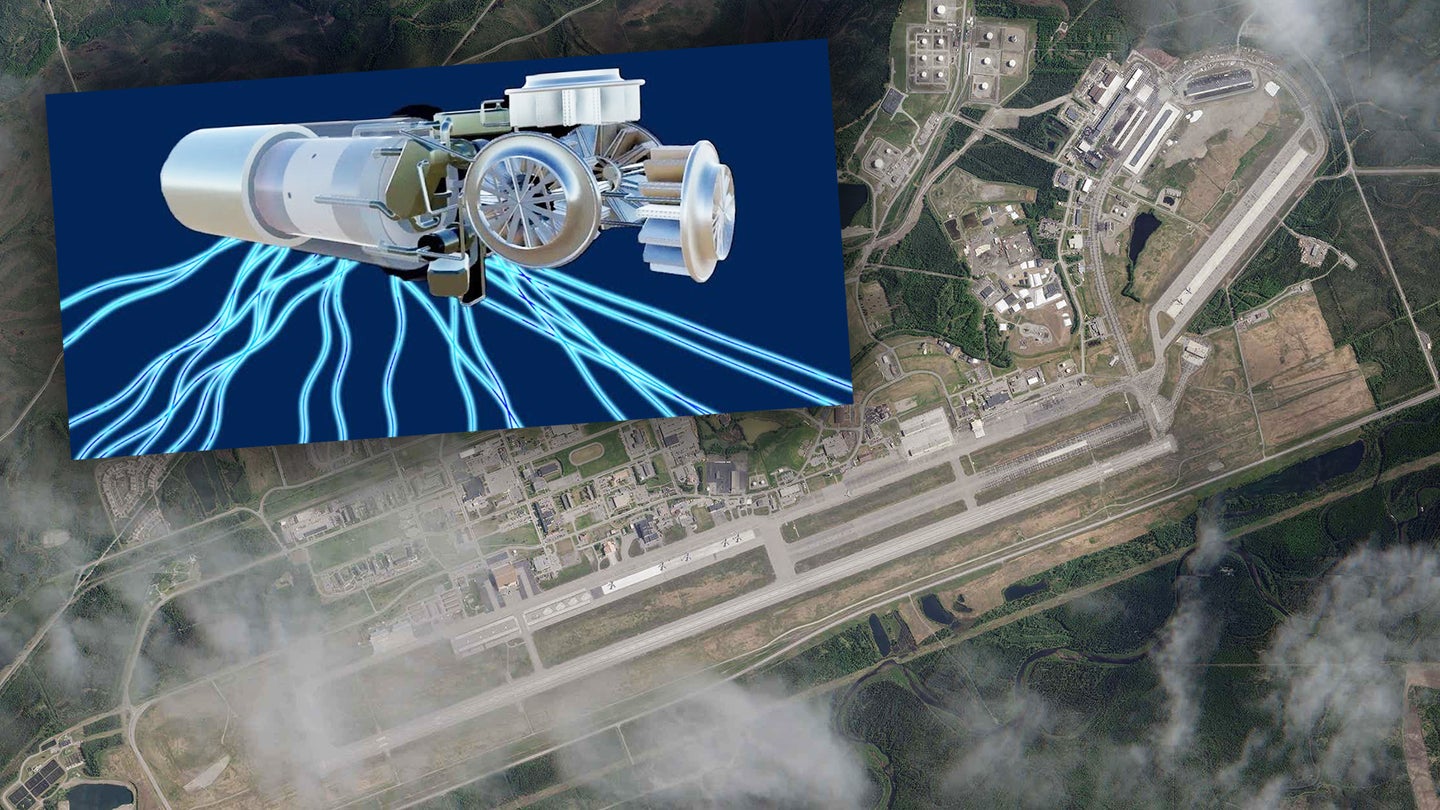
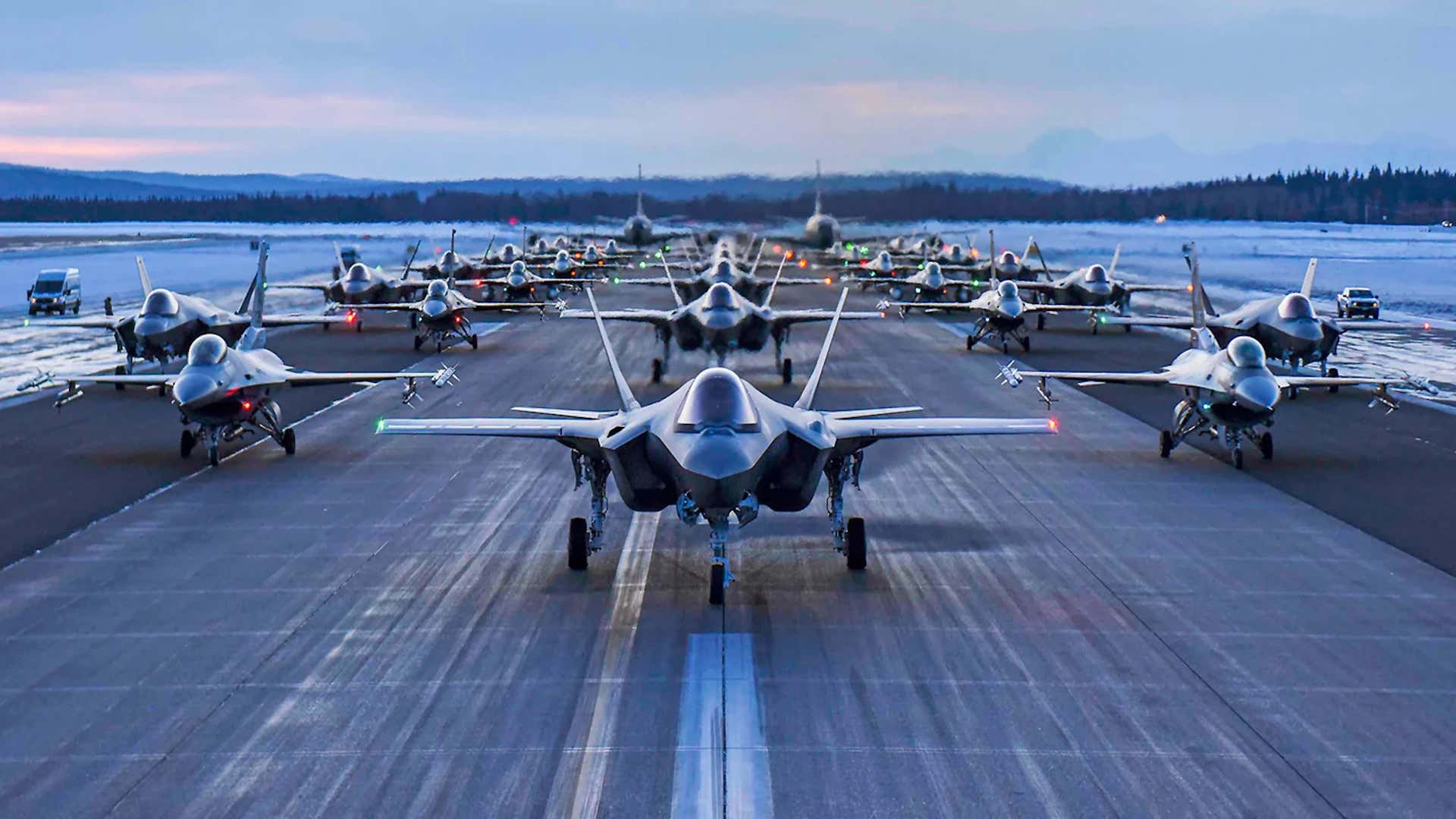
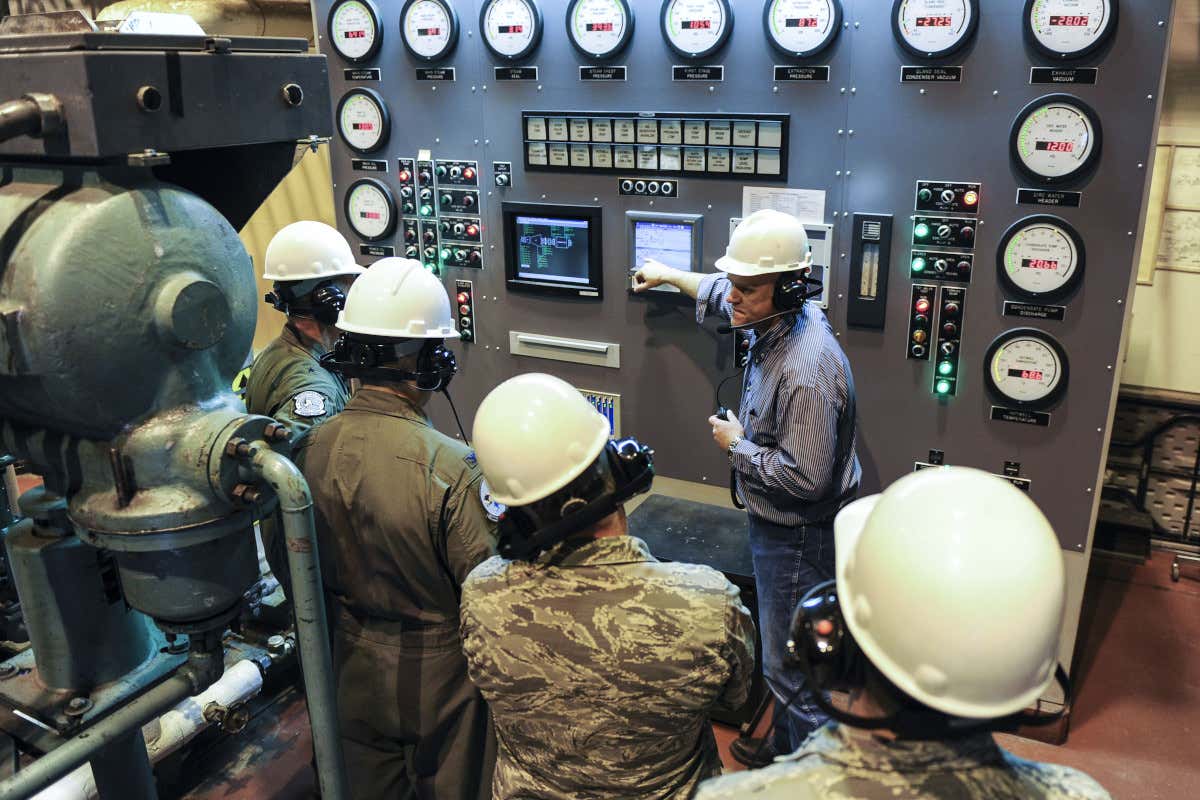
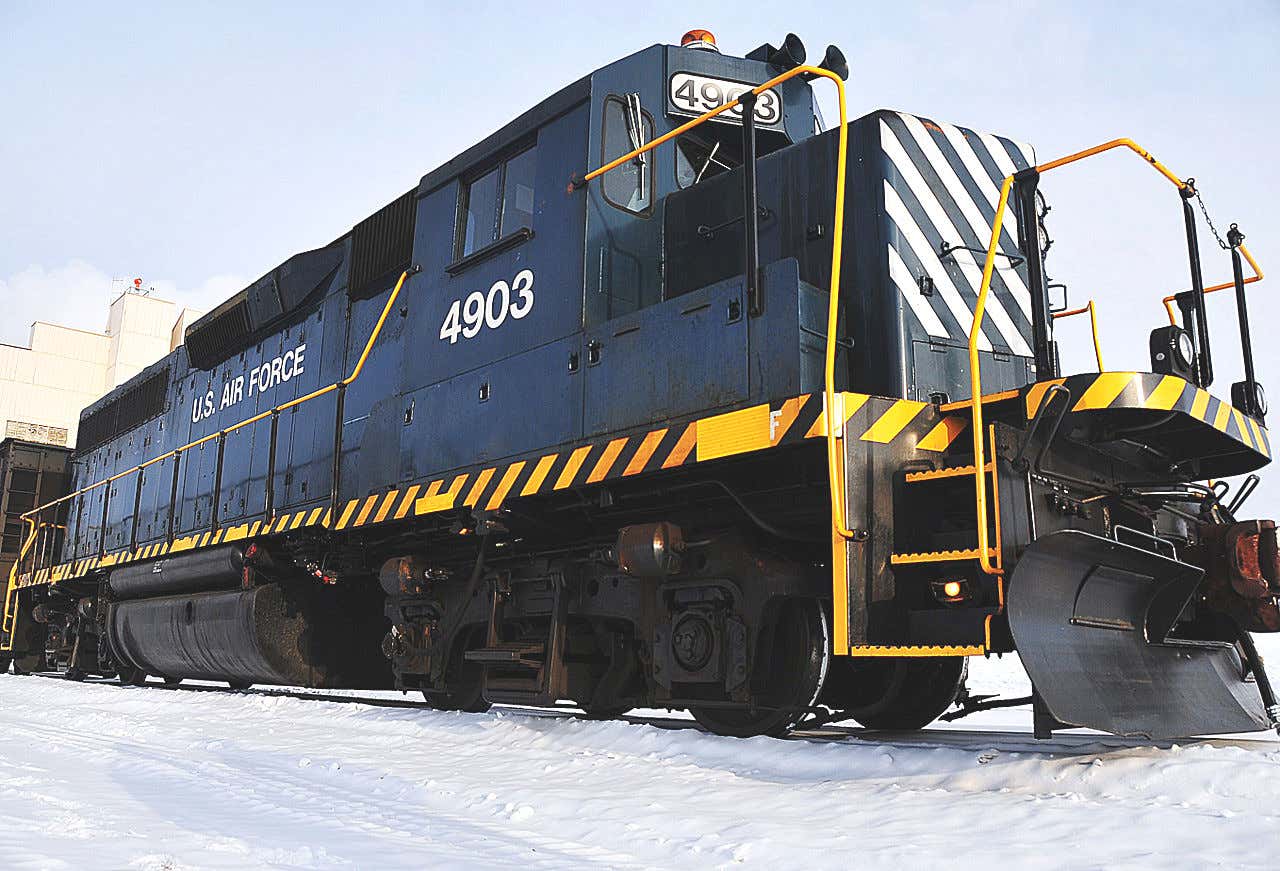

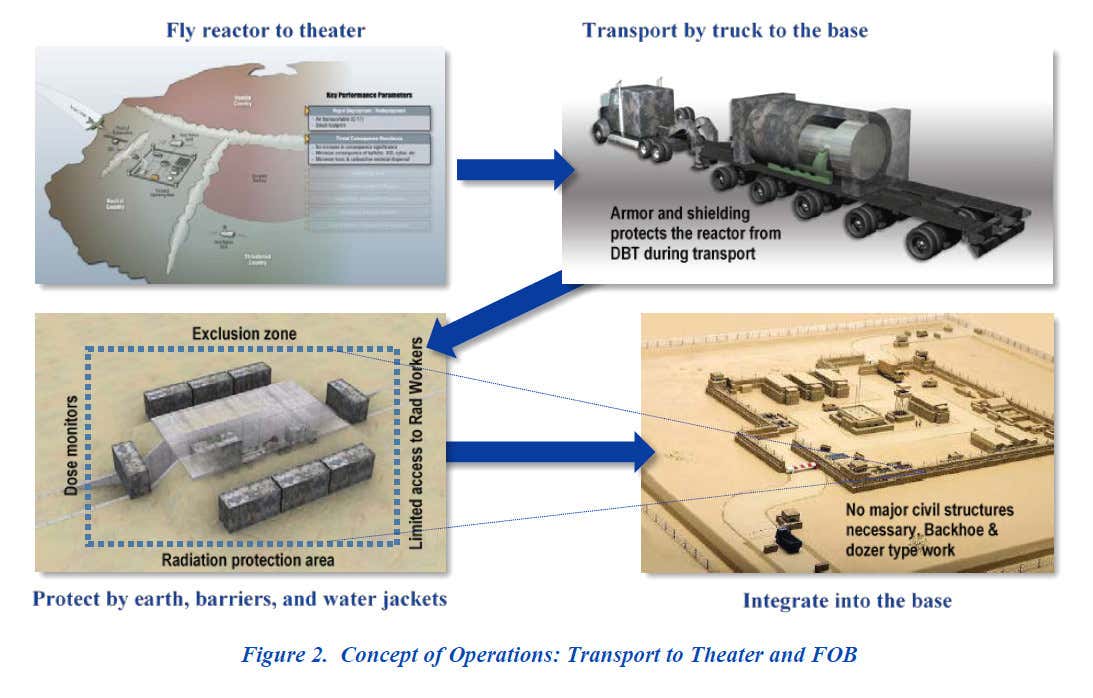
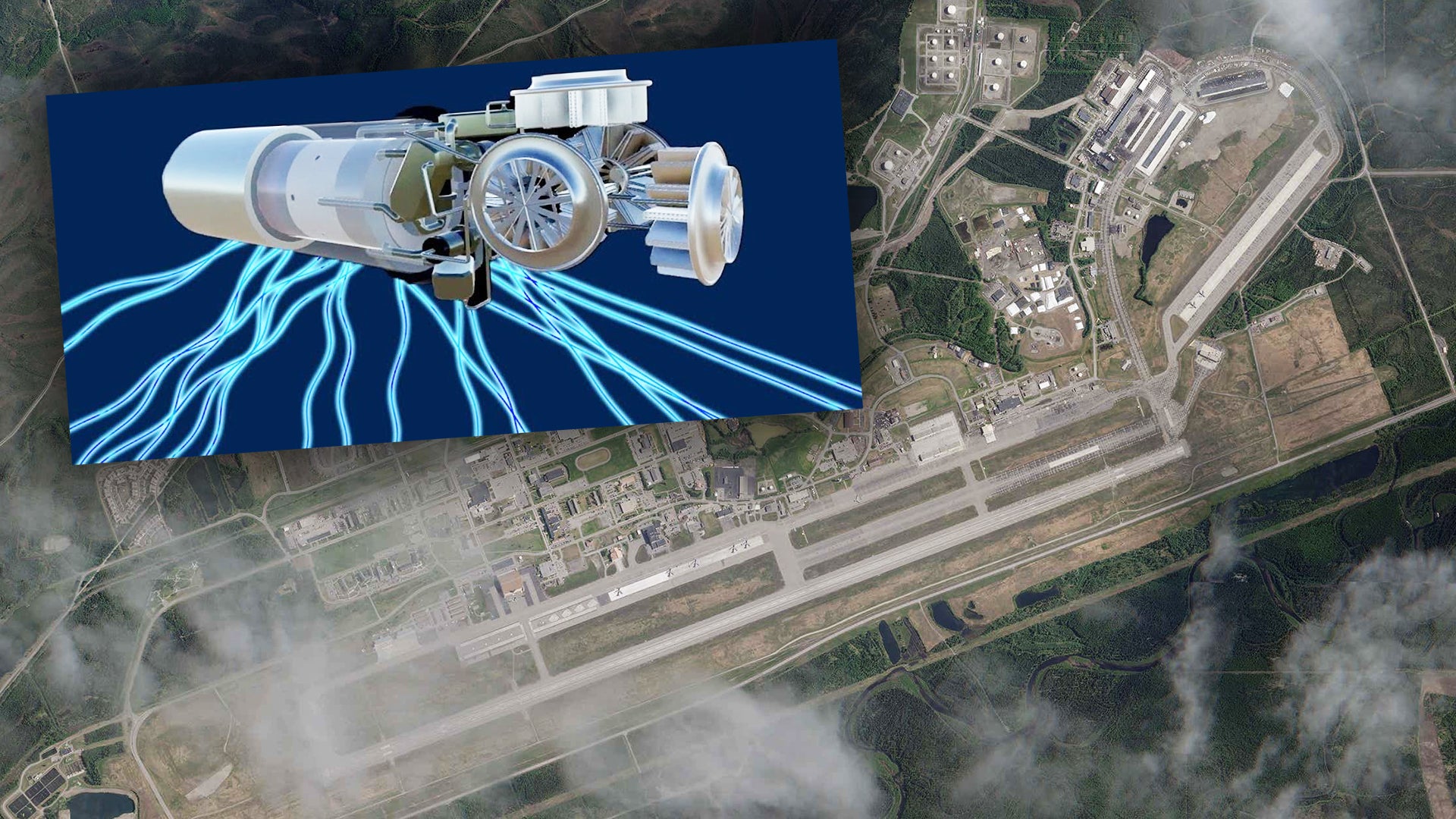
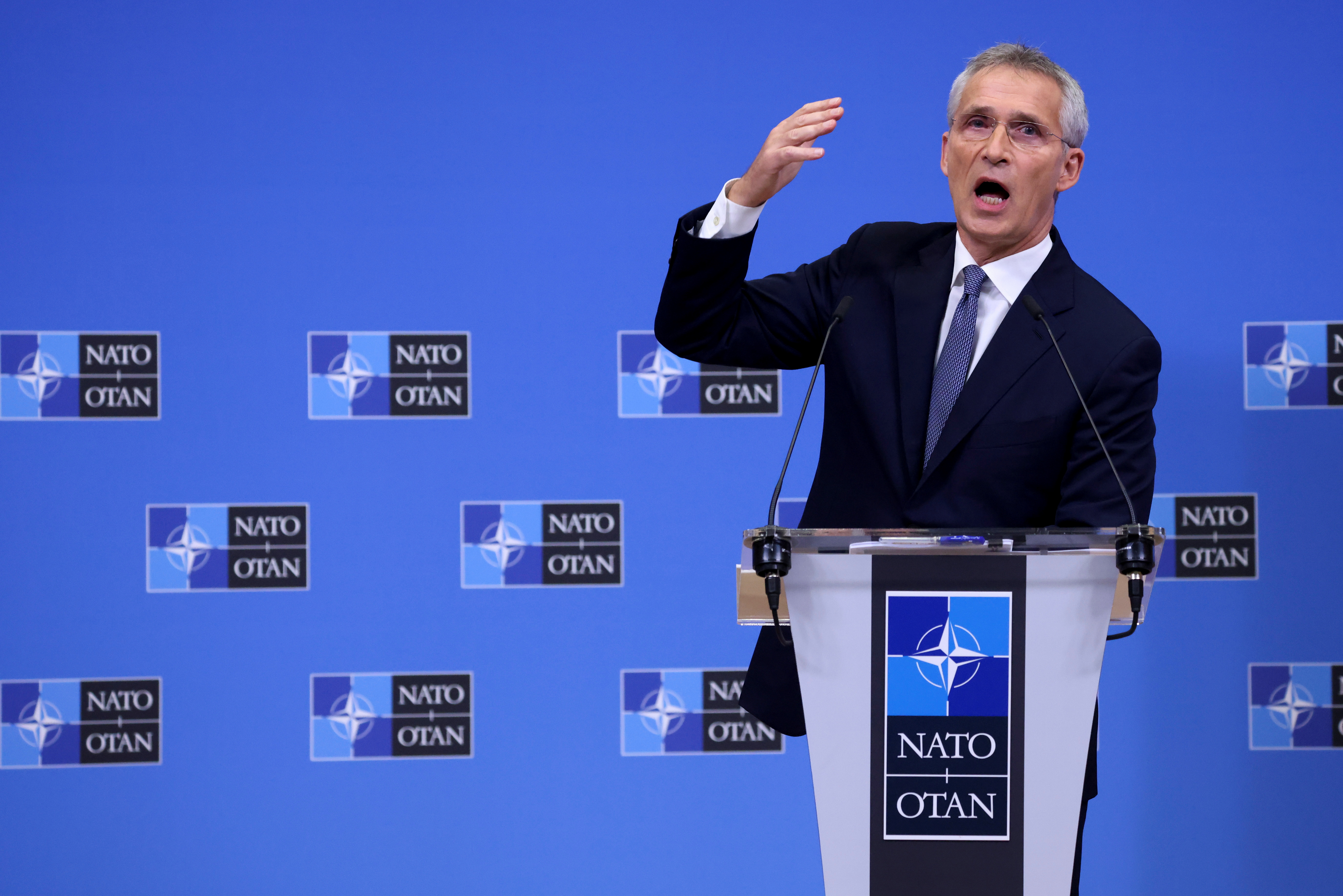


/cloudfront-us-east-2.images.arcpublishing.com/reuters/LGJCJZR7JJIMJMG3S74CC4OIHM.jpg)

